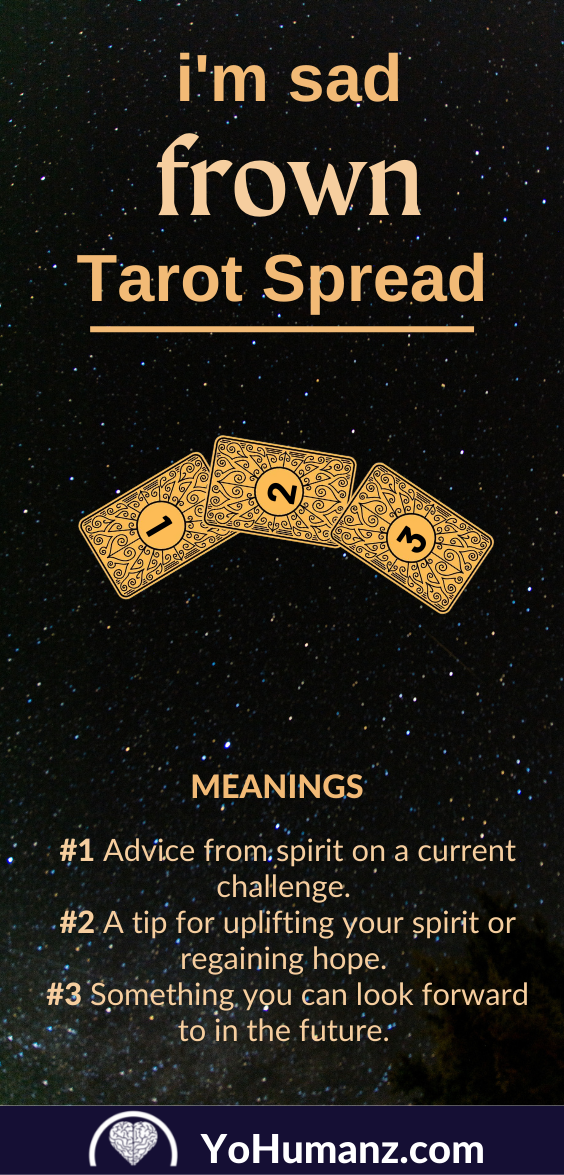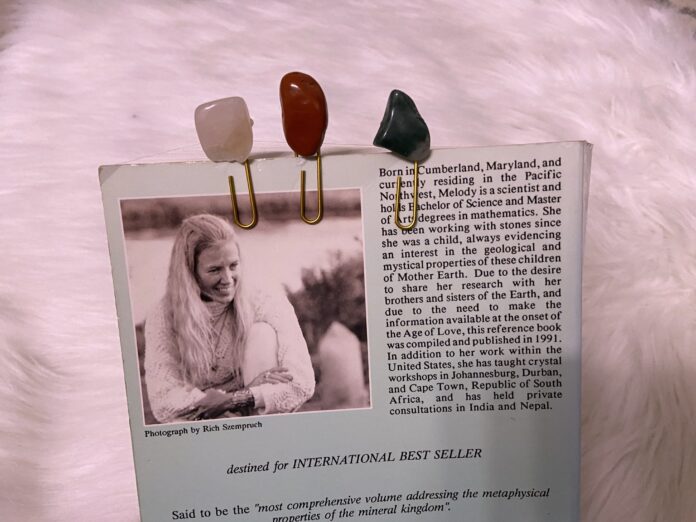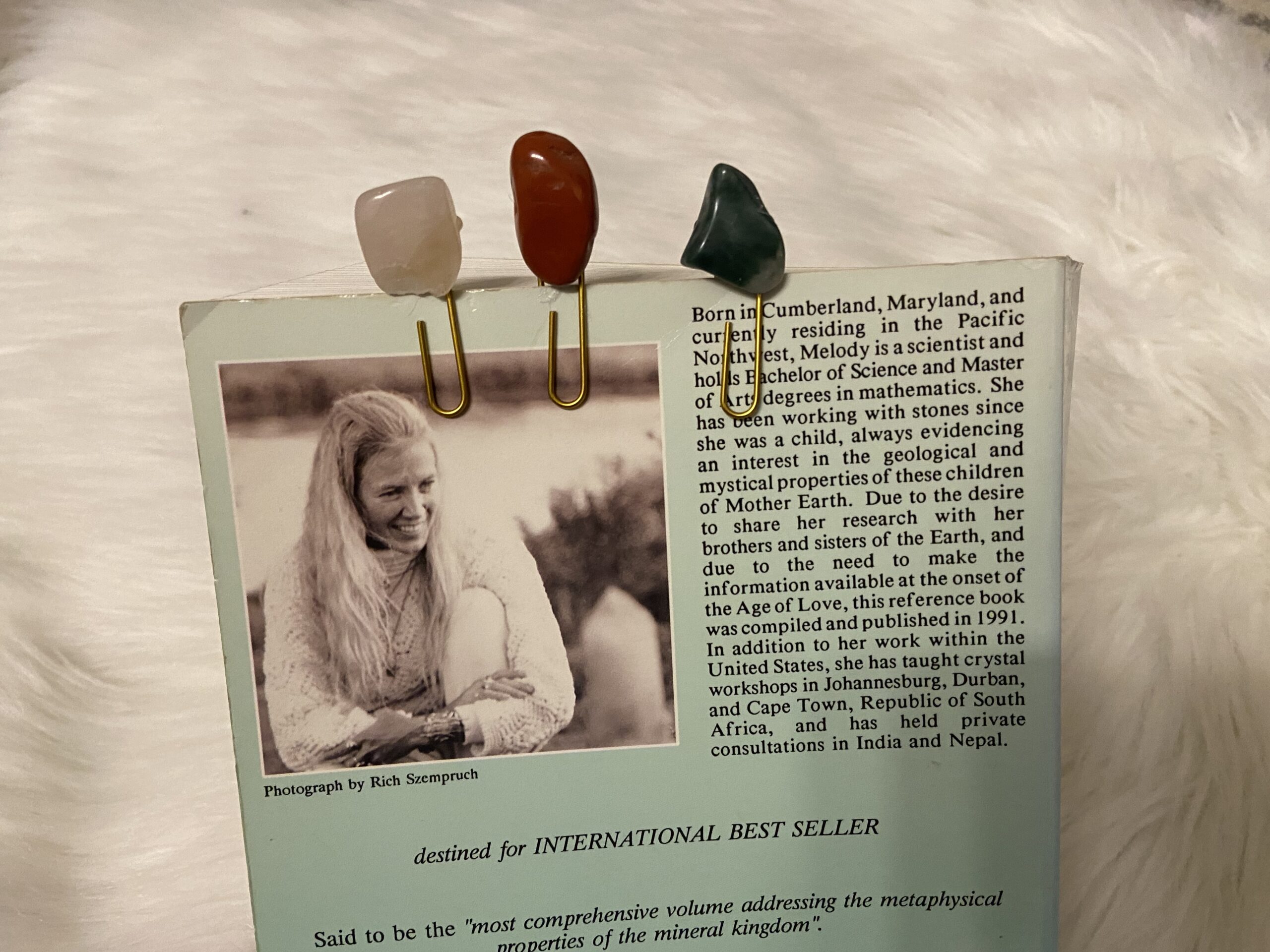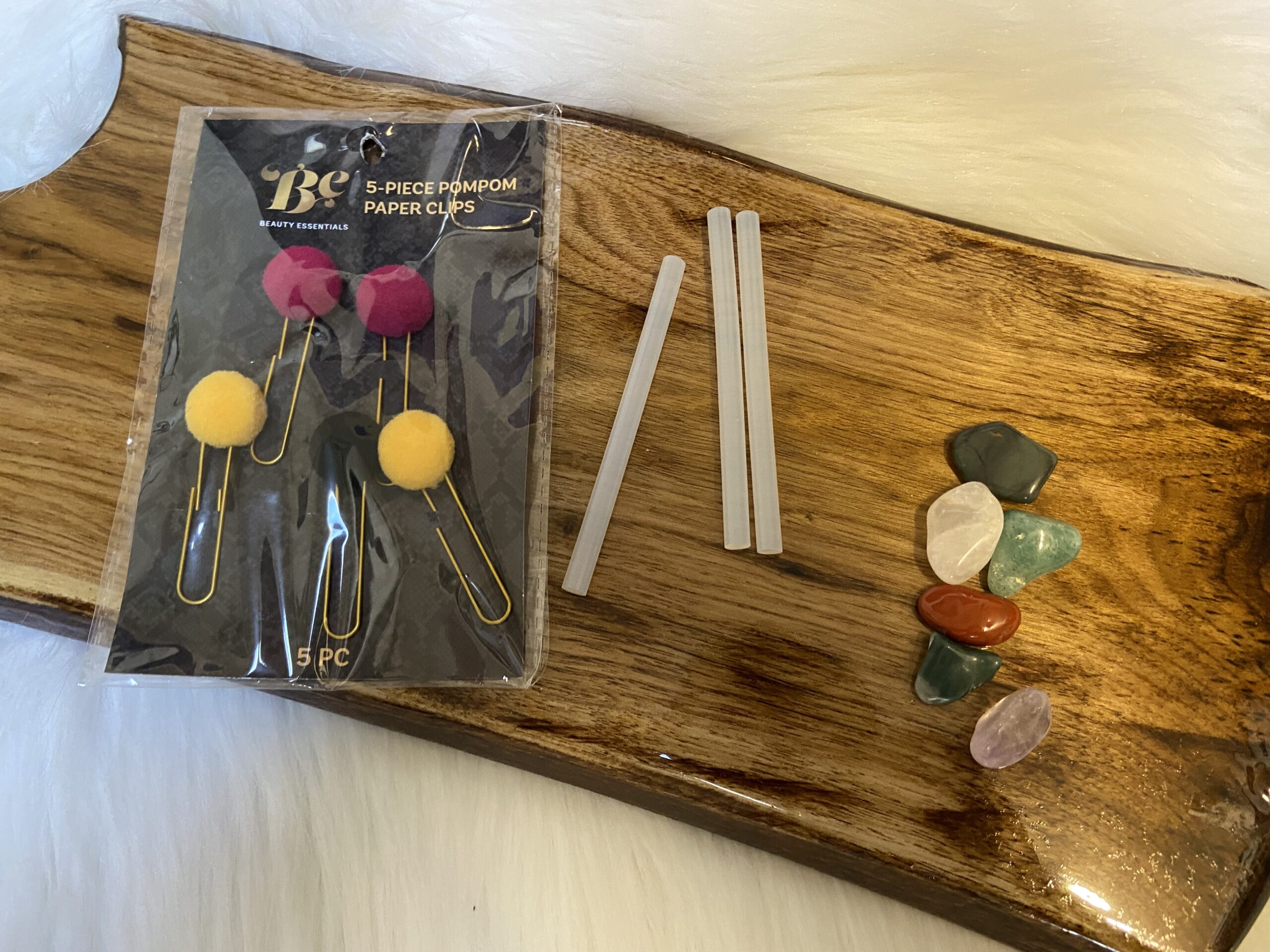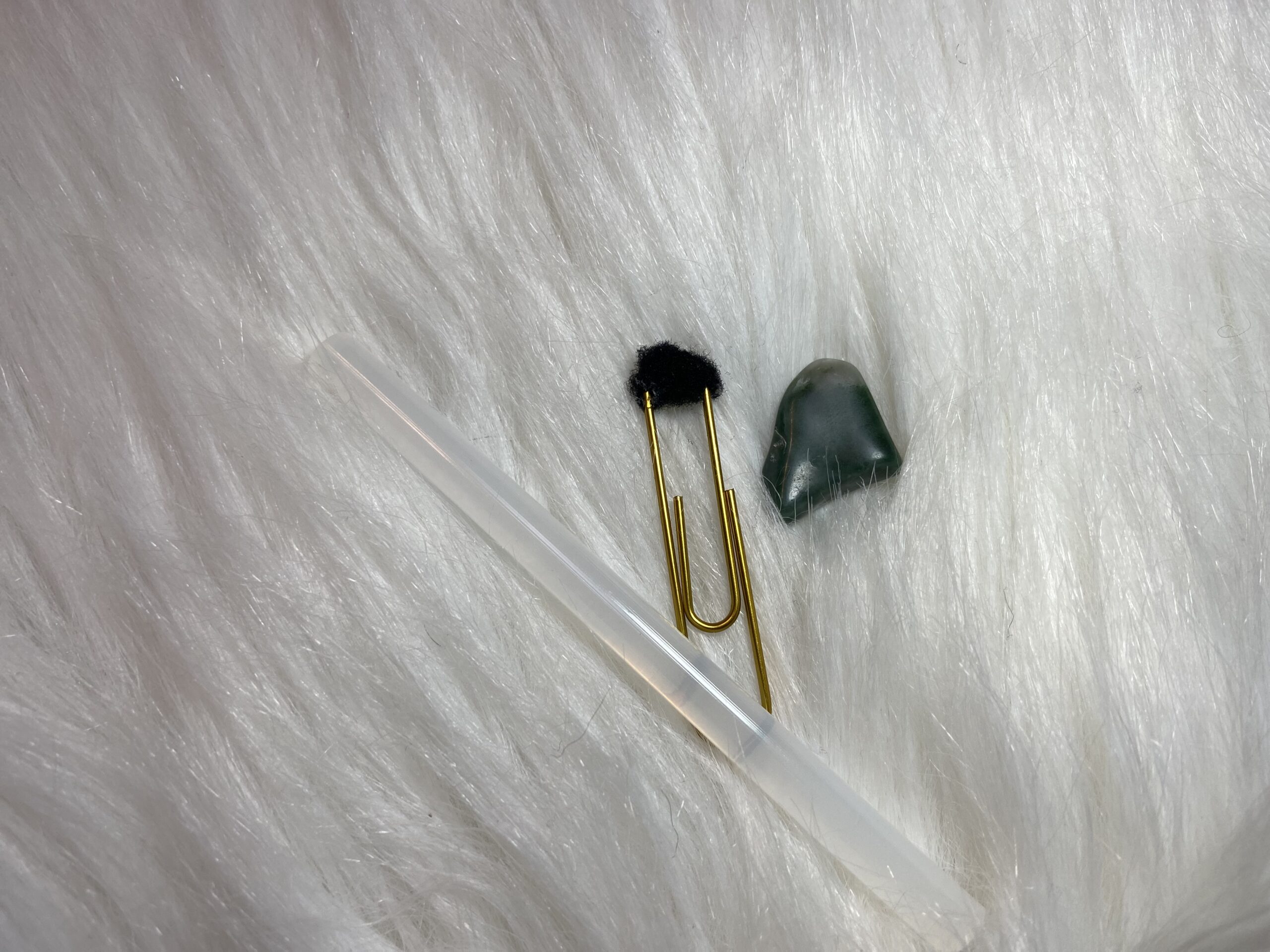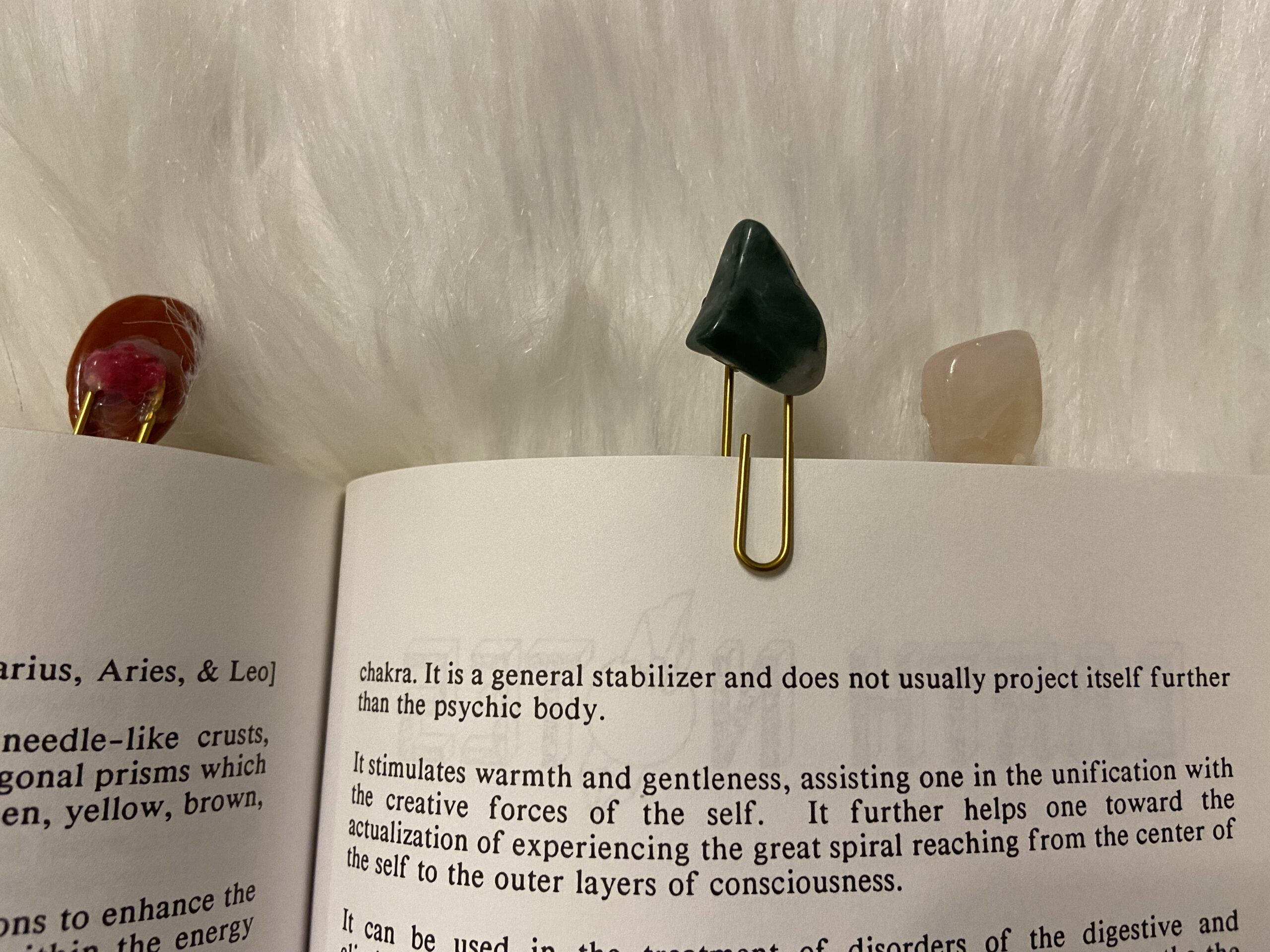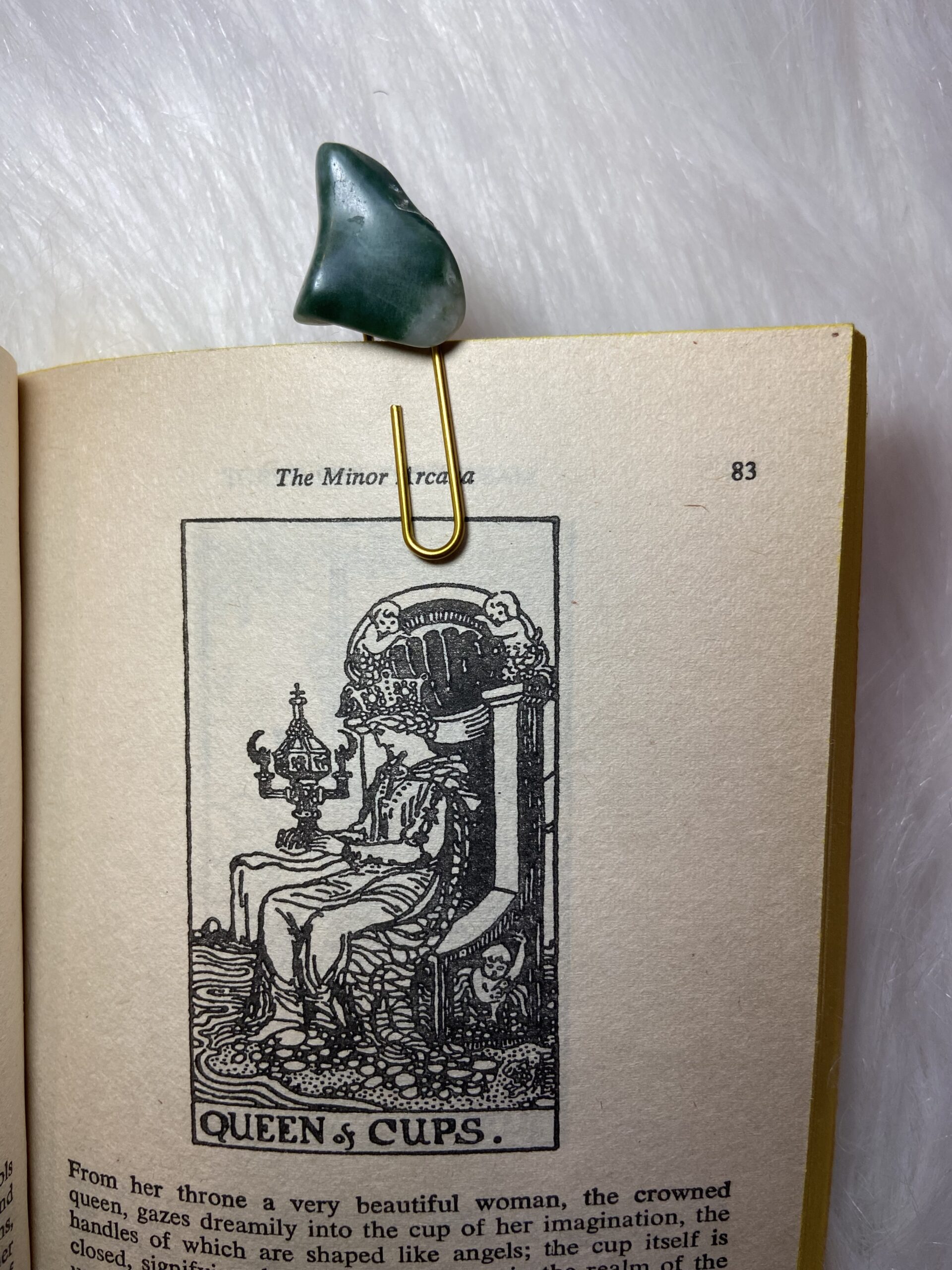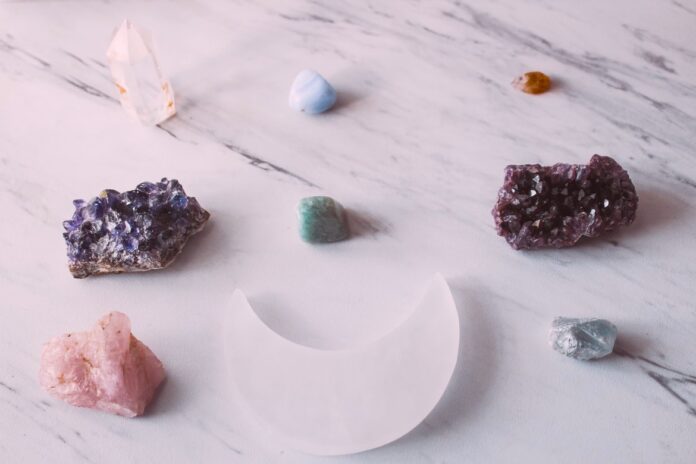Table of Contents
Could repeating that you’re not anxious make it so?
Some people tend to think so. And there’s also some evidence to back it up.
While affirmations don’t work for everyone, they can be a good tool to use to calm down when your heart rate rises and your mind feels like it’s spinning out of control.
In this post, we’re talking about what these phrases are, whether they work, how you can use and 33 positive affirmations for anxiety you can try yourself.
What is a Positive Affirmation for Anxiety?

Anxiety affirmations are affirmations that people can repeat out loud, inside their heads or write repeatedly in hopes of it becoming true.
Affirmations are always written in a positive statement. For example, “this is okay, I’m just uncomfortable” as opposed to something negative like, “this is the worst thing in the world and this is anxiety.”
Whether affirmations work depend on the person and what you define as “working.”
For example, many people use affirmations to build their confidence in a subject over a period of time. For example, repeating that you’re comfortable in socially anxious situations may eventually lead to feeling calmer. Of course, it’s not always that simple though.
Other people use positive affirmations for anxiety as a manifestation tool. If you believe in the Law of Attraction or “like attracts like,” then you may think that sending out good vibes will get you more of them. In this way, you may attract an anxiety-free life, in theory.
But there’s a more simple explanation to why affirmations can work. If we think about something long enough, we are more likely to come up with solutions to our challenges. Of course, if we’re thinking about anxiety in a panicking way, this is unlikely to be the case. However, if we’re contemplating anxiety in a hopeful, optimistic or productive way, we’re more likely to see opportunities to get out of that headspace.
Whether or how you believe affirmations work is up to your own beliefs. And, whether they actually work for you may be up to your own beliefs as well. If you belive an affirmation, it’s more likely to work than if it’s terribly untrue.
Do Affirmations for Anxiety Work? Here’s the Science
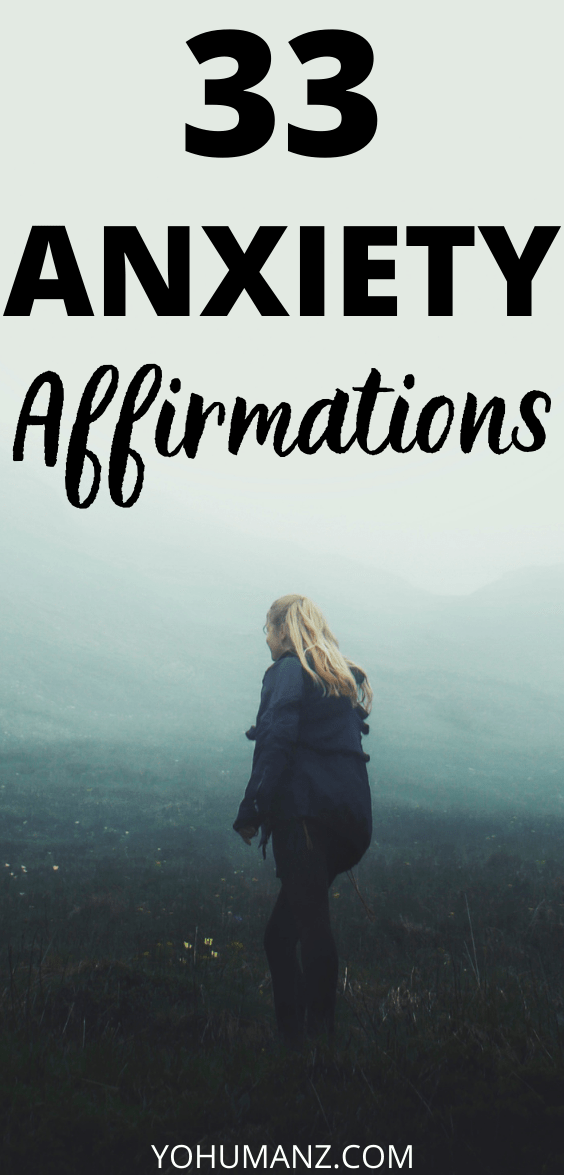
Before we delve into whether affirmations work, we should first start with a BIG disclaimer. If you have clinical anxiety or issues with stress management, it’s always best to seek out the advice or care of a professional. Whether it’s a doctor prescribing you medication or a therapist, a free anxiety workbook, evidence-based salutation need to be your first go to. Those are the tools most proven to work and therefore most likely to lessen your anxiety.
With that being said, there’s usually no harm in trying affirmations alongside other psychological work you’re doing.
Affirmations can work for anxiety. For some people, it takes the edge off or gives their mind something else to focus on in a moment of panic. For example, repeating “I am calm” when your heart is racing may not completely stop your racing heart, but the phrase gives you a different point of focus. And, when repeated, it may eventually lower your heart rate a bit.
Anyone that tells you anxiety affirmations always work is just not right. However, there are some reasons why affirmations could be helpful.
The Reticular Activating System (RAS)
The Reticular Activating System (RAS) is a part of the brain made up of nerves. The job of this system is to highlight what is important and discard the rest. For example, you’re walking down a busy street and you notice construction signs but not the guy in the purple hat passing you.
How the RAS works can be adjusted by other things we see. For example, a friend teaches us a new word. Then, we see that word 5 times in one week, even though we never saw it before. Magic, you say? Well, not really. What happens is that, since we learned the new word recently, our mind is more “primed” to seek it out. So, it’s likely we’ve actually seen that word before but it didn’t even enter our brain because we weren’t subconsciously looking out for it. But now that we have an awareness of it, it seems to be everywhere.
Another example: When you’re single, you probably see couples holding hands all the time. But when you’re unhappily in a relationship, you probably notice that everyone else seems to be single and enjoying it.
In terms of positive anxiety affirmations, it’s possible that when we prime our brains for “calm” opportunities or solutions, we’re more likely to find them. For example, let’s say you choose the phrase, “I’m anxious. So what? I’ll get through it.” On the surface, saying that phrase may not fix your anxiety. However, constantly repeating it may make you think about your anxiety problem more often. Then you may start to look for solutions, like “ok, I’ll get through it, but how?” Then, maybe you look up breathing techniques to calm you. Through this chain of reactions, the affirmation inspired action and worked.
Reduces Negative Thoughts
An easy explanation as to why affirmations sometimes work is that they may reduce the number of negative thoughts. When you start repeating positive phrases instead of your mind automatically choosing negative ones, you may begin to feel better.
For example, let’s say you’re in an anxious situation and your go-to thought loop is: “Omg, I feel like I’m dying but I wish I was actually dying because that would feel better. How long will this last? What are they thinking of me? Can they tell I’m freaking out?”
Now, let’s suppose you interrupt that thought loop with a positive affirmation that you repeat over and over. Suddenly, there’s less room for the negative thoughts. And, since thoughts affect how we feel, we begin to feel calmer with calmer thoughts.
The first times you try this, it may feel a bit unnatural and wonky. However, overtime, if you replace affirmations as your go-to reaction, your anxiety may lessen and lessen.
Placebo Effect for Anxiety
Another common reason given as to why affirmations work is the placebo effect. If you’re unsure what that is, the placebo effect can be most simply put as the theory that “I think it, so it happens.”
Sounds a little mystical or crazy? No, it’s really not.
In fact, before any drug is released, it goes through clinical trials. In these tests, researchers determine if the drug is more effective than a placebo. That’s because in almost every trial, there are volunteers who say they got benefits from the drug—but the drug was actually just a fake sugar pill. Even science knows that people have real reactions to fake things.
In a similar way, even though there’s nothing “magical” about affirmations, they can trigger the placebo effect, making us feel better. So, repeating “I am calm” might make you feel calmer just because you believe it will.
However, this can backfire too. If you don’t believe in what you’re repeating, you’re less likely to get that benefit. For example, if you’re at a level 10 anxiety and you repeat “I am calm,” that feeling seems so fake and unreachable that it doesn’t help. Actually, it may piss you off or make you feel worse that you can’t get there.
This is why it’s a good idea to always keep affirmations personal and realistic. While “calm” may be realistic to someone else, maybe “I’ll get through it” makes more sense to you. Over time, you can always change up and switch out your affirmations as your thoughts change and your anxiety gets better.
Benefits to Affirmations for Anxiety, According to Science

Not all research says affirmations for anxiety are beneficial. But there’s some data to back up their usage for some people.
- A 2009 study found that affirmations can help change how our body responds to stress physically (i.e. feeling stressed but not having physical reactions to it.).
- A study on university students with social anxiety found that those with moderate to high levels who did self-affirmation writing increased their number of social behaviors that were previously avoided. They also had reduced feelings of distress when in these situations.
- In a 2010 study, researchers found affirmations about “not being crazy” for anxiety sufferers and about depression subsiding were the most helpful.
- In a 2013 study, self-affirmations improved problem-solving skills in chronically stressed people who were underperforming.
- An Indian study showed that affirmations had a significant effect on stress, anxiety and depression of cardiovascular disease patients.
These results are just the tip of the iceberg when it comes to research on affirmations. Whether it’s phrases you say in your head or write down, self-affirmation has repeatedly shown to reduce stress. However, as we mentioned, there are exceptions. For example, one study showed that affirmations can worsen negative responses to stressors–but under certain conditions and for certain people.
How to Use Positive Affirmations for Anxiety

When it comes to using affirmations for anxiety, there’s 4 main ways you can incorporate them into your life:
- Writing it down
- Saying it out loud
- Saying it in your head
- Posting it somewhere to see repeatedly
How much you read, write or repeat the affirmation is up to you and the time you have. For example, some people write down one affirmation 40 times, as if they’re writing lines in detention. Other people say it in their head 10 times. And, some only use affirmations when an anxious moment strikes. Different things work for different people, so play around with what works for you.
Using those general guidelines, there’s some more creative ways you can use affirmations too. We suggest trying a few of the ideas below and seeing if any make you feel better. Of course, you can also adapt them to your own life or situation:
- Repeat it in your head when you’re in an anxious situation
- Repeat in your head before you enter an anxious situation
- Write it on a sticky note and post it in your bathroom, bedroom, mirrors, car, fridge, etc.
- Print them out and use magnet tape to hang it on your fridge
- Repeat it in a meditation
- Repeat it in your head while exercising or doing yoga
- Use it as your home screen or desktop wallpaper
- Make a Pinterest Affirmation board and start a collection
33 Positive Affirmations for Anxiety
Not every affirmation will resonate with you, so try a few out and see what feels right.
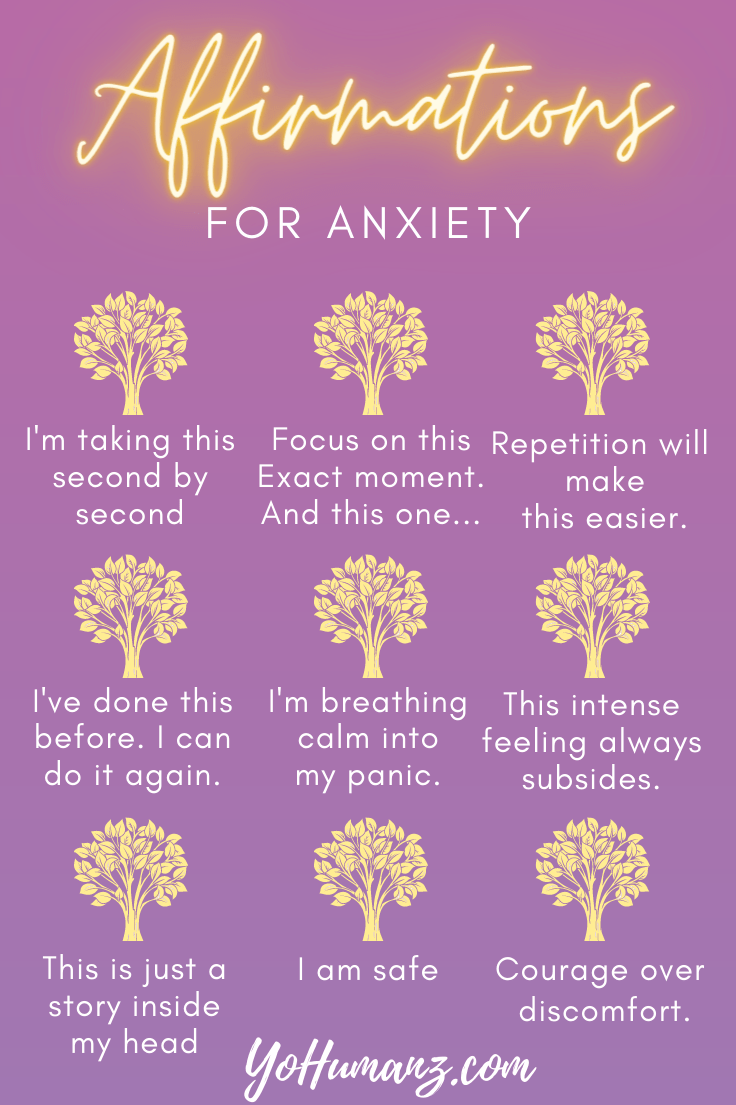
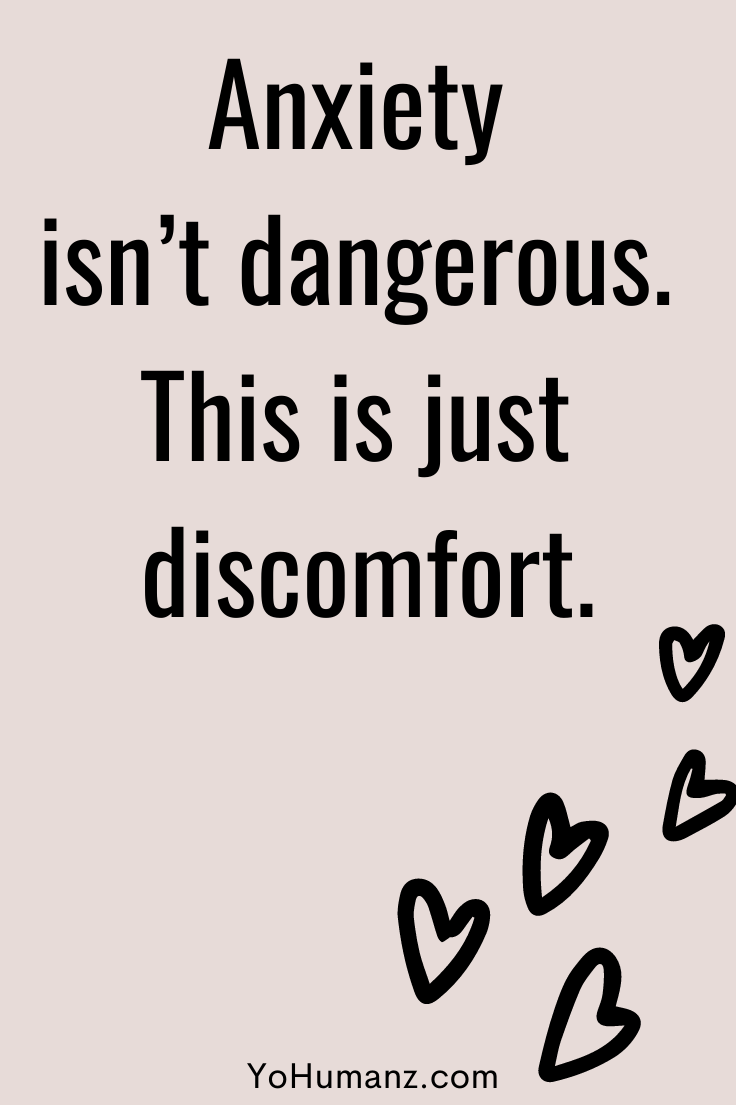 Anxiety isn’t dangerous. This is just discomfort.
Anxiety isn’t dangerous. This is just discomfort.
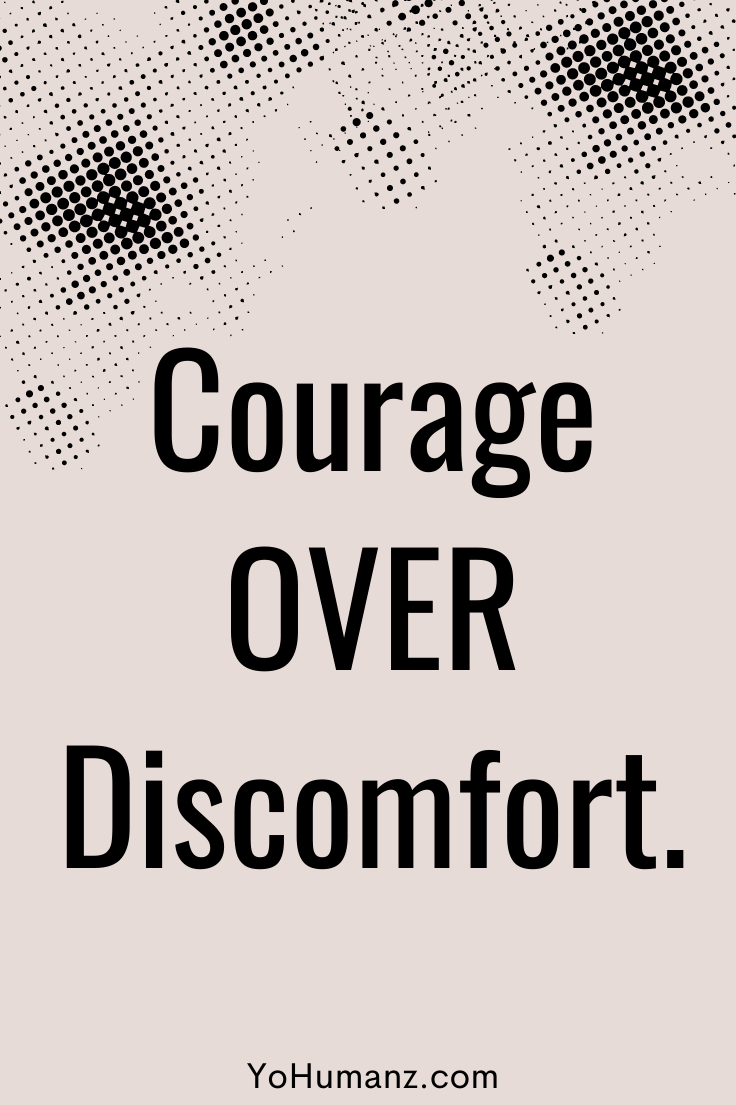 Courage over discomfort.
Courage over discomfort.
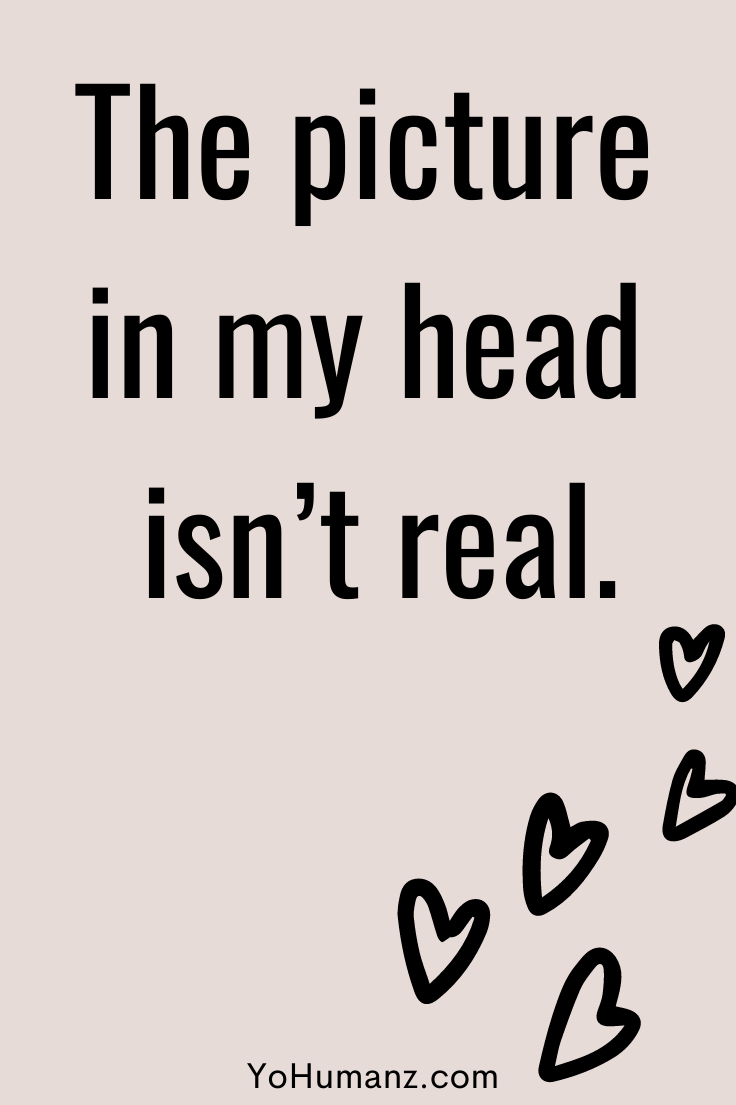 The picture in my head isn’t real.
The picture in my head isn’t real.
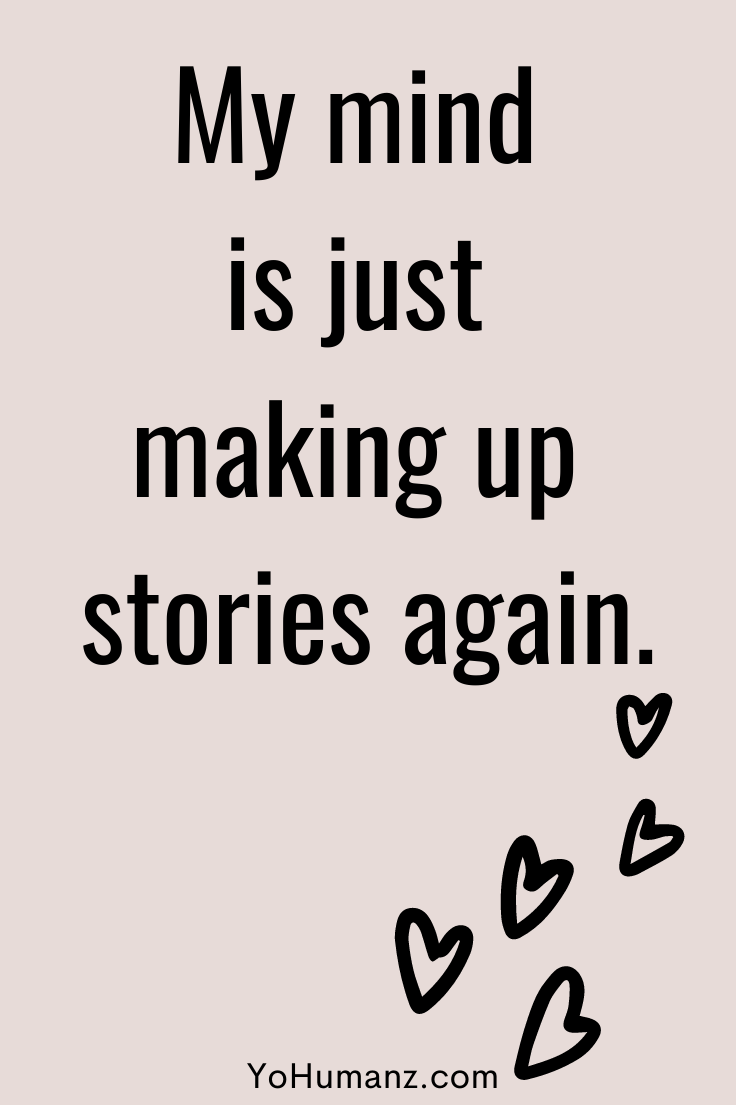 My mind is just making up stories again.
My mind is just making up stories again.
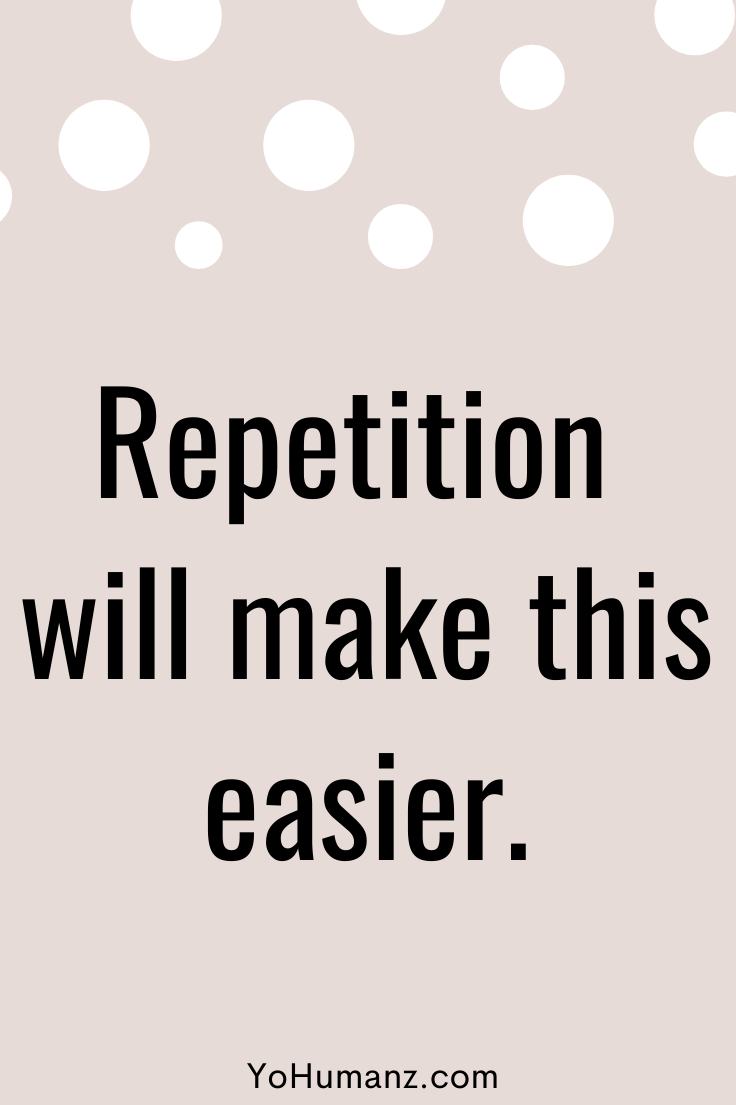 Repetition will make this easier.
Repetition will make this easier.
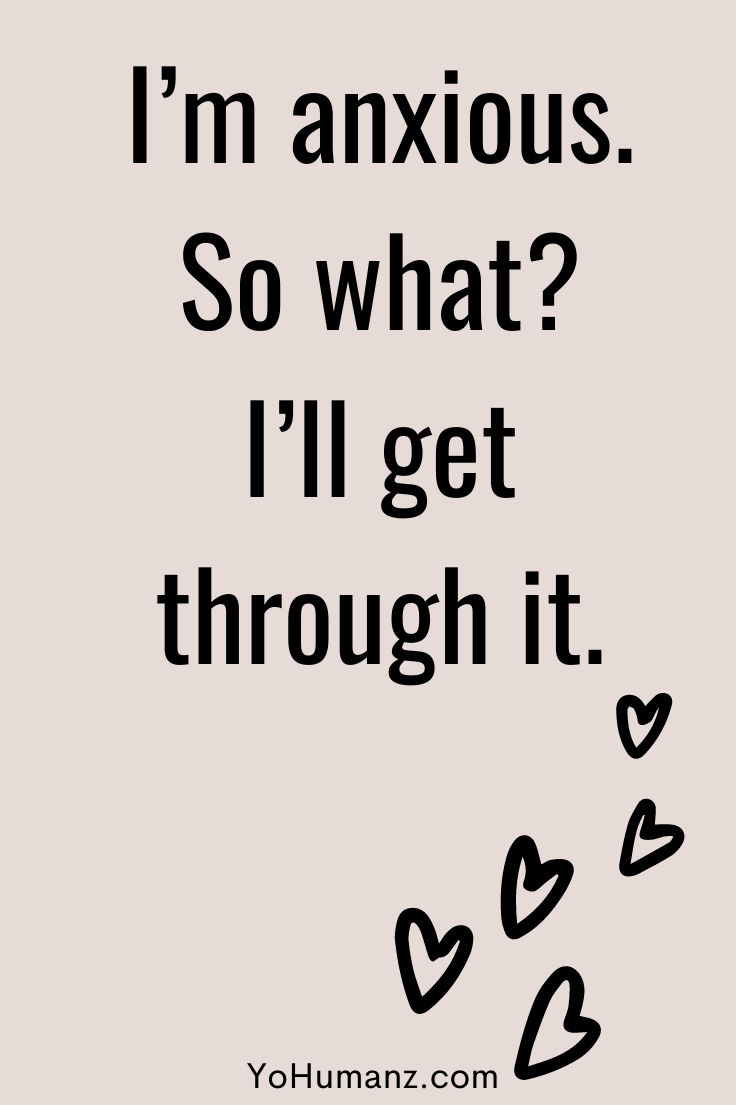 I’m anxious. So what? I’ll get through it.
I’m anxious. So what? I’ll get through it.
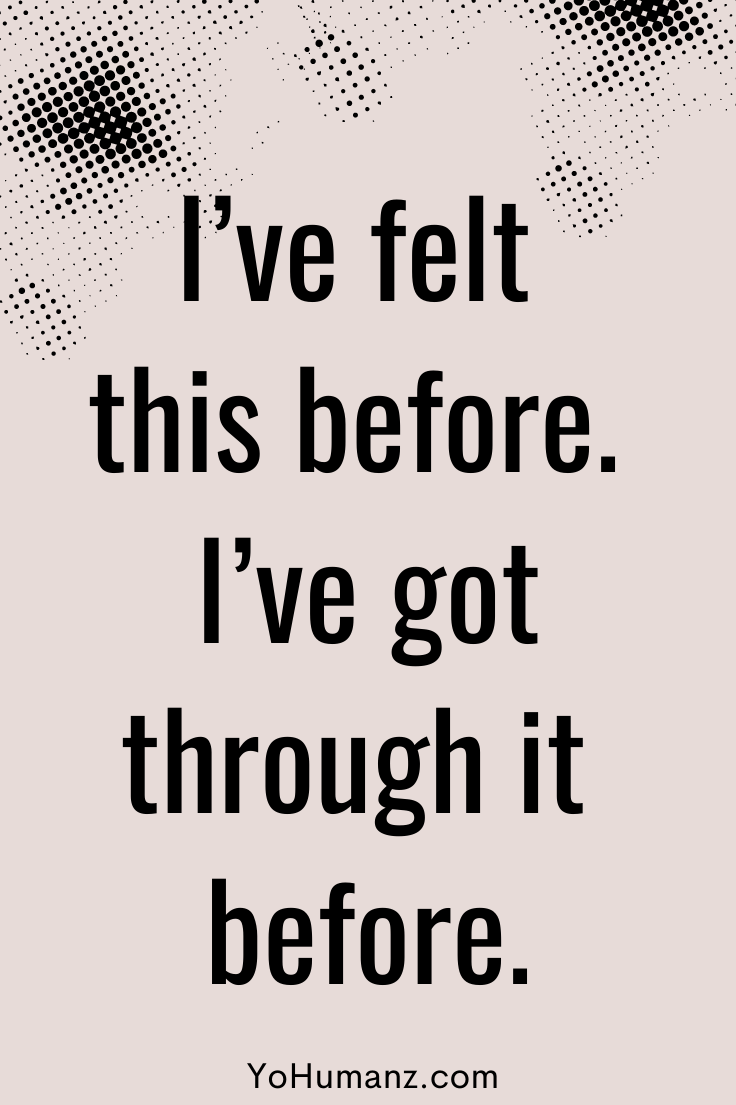 I’ve felt this before. I’ve got through it before.
I’ve felt this before. I’ve got through it before.
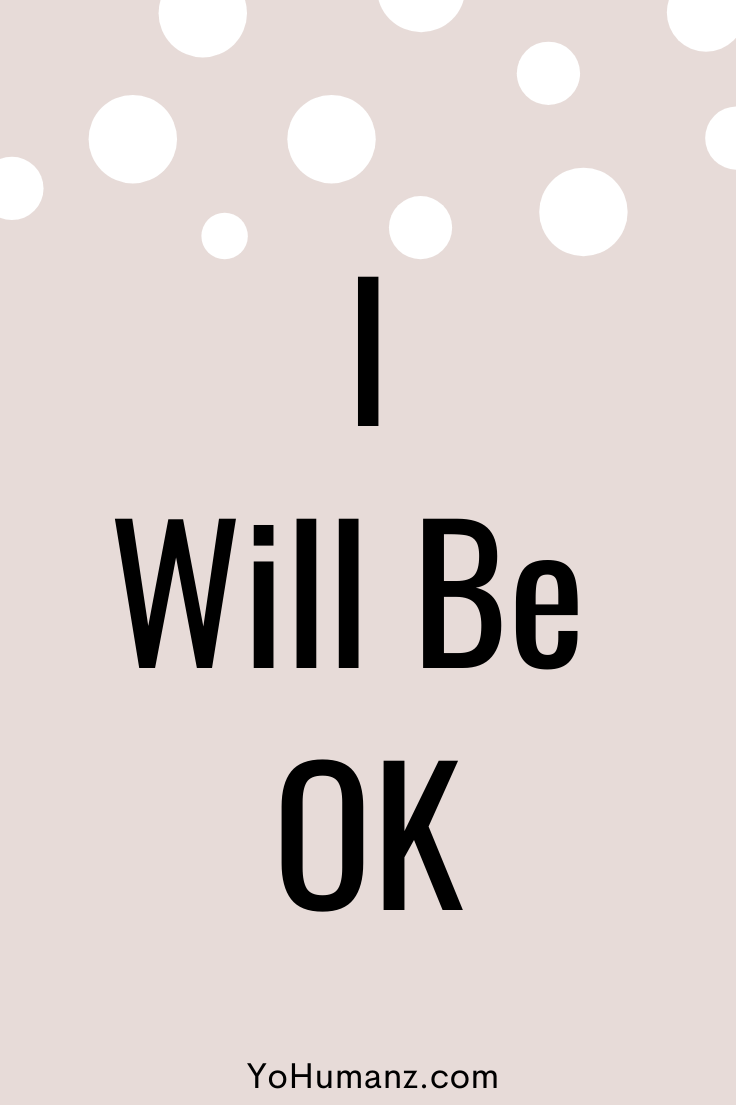 I will be ok.
I will be ok.
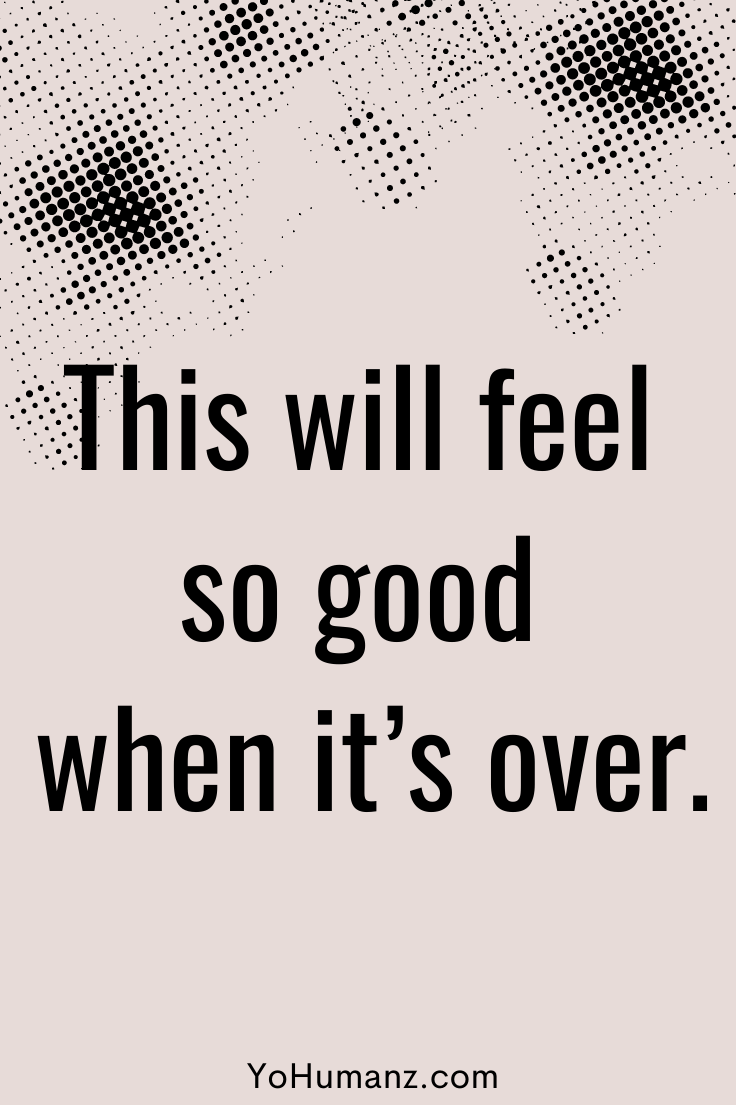 This will feel so good when it’s over.
This will feel so good when it’s over.
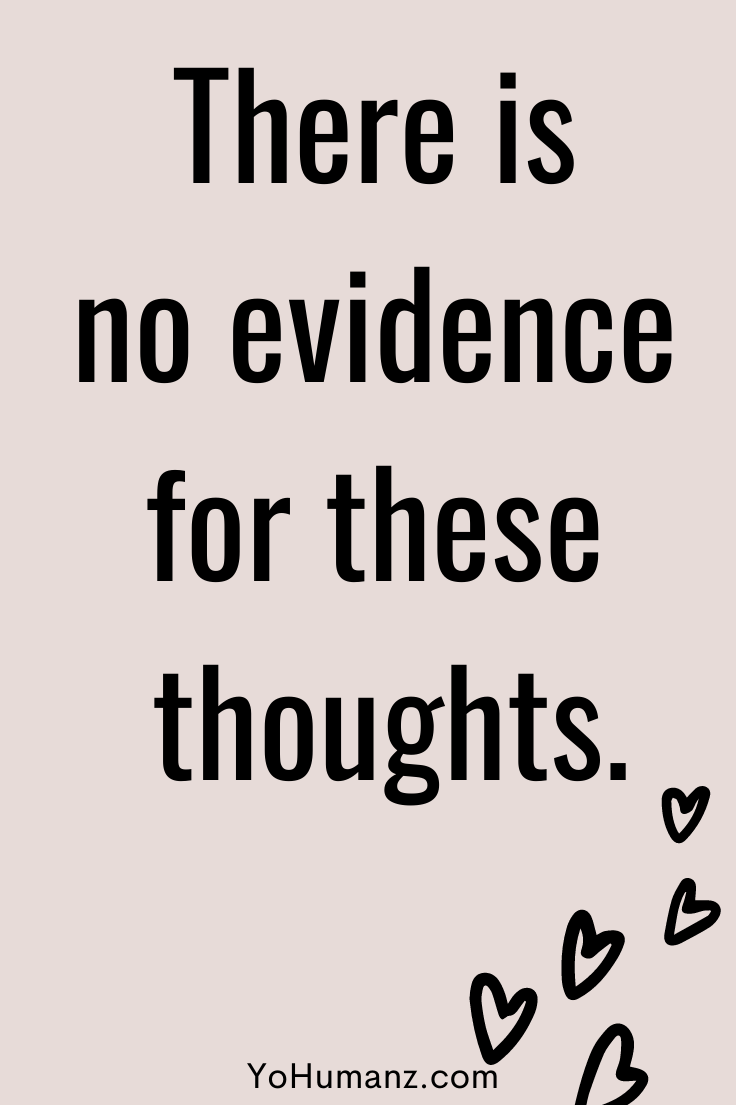 There is no evidence for these thoughts.
There is no evidence for these thoughts.
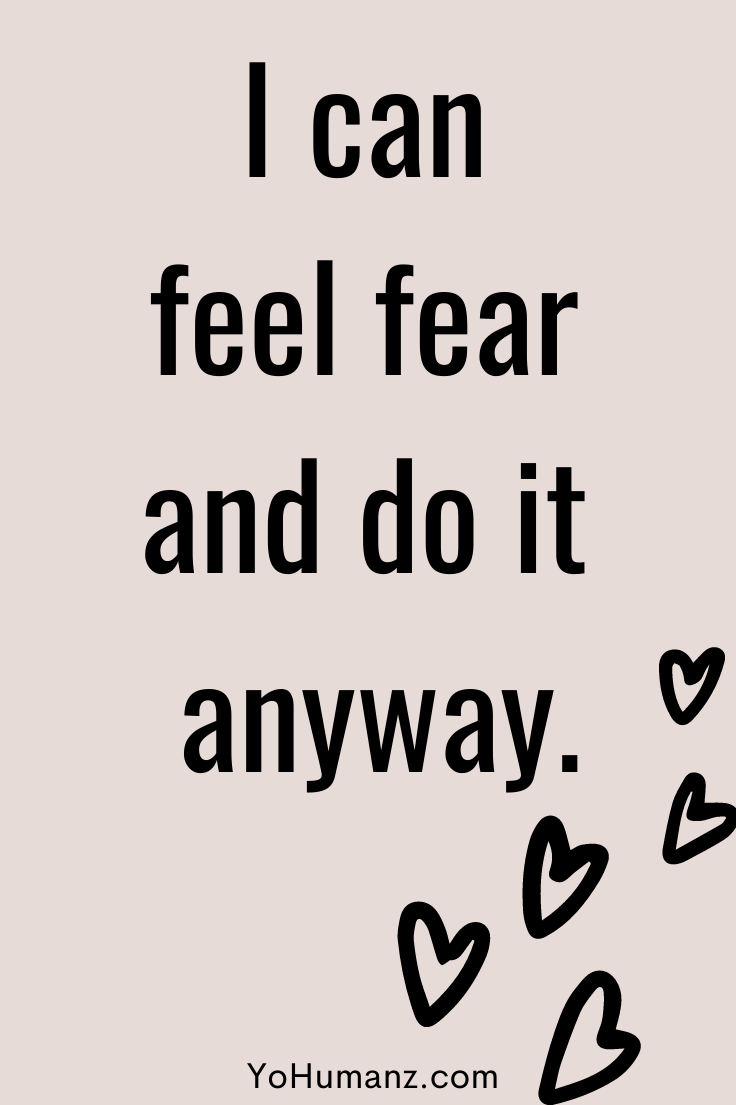 I can feel fear and do it anyway.
I can feel fear and do it anyway.
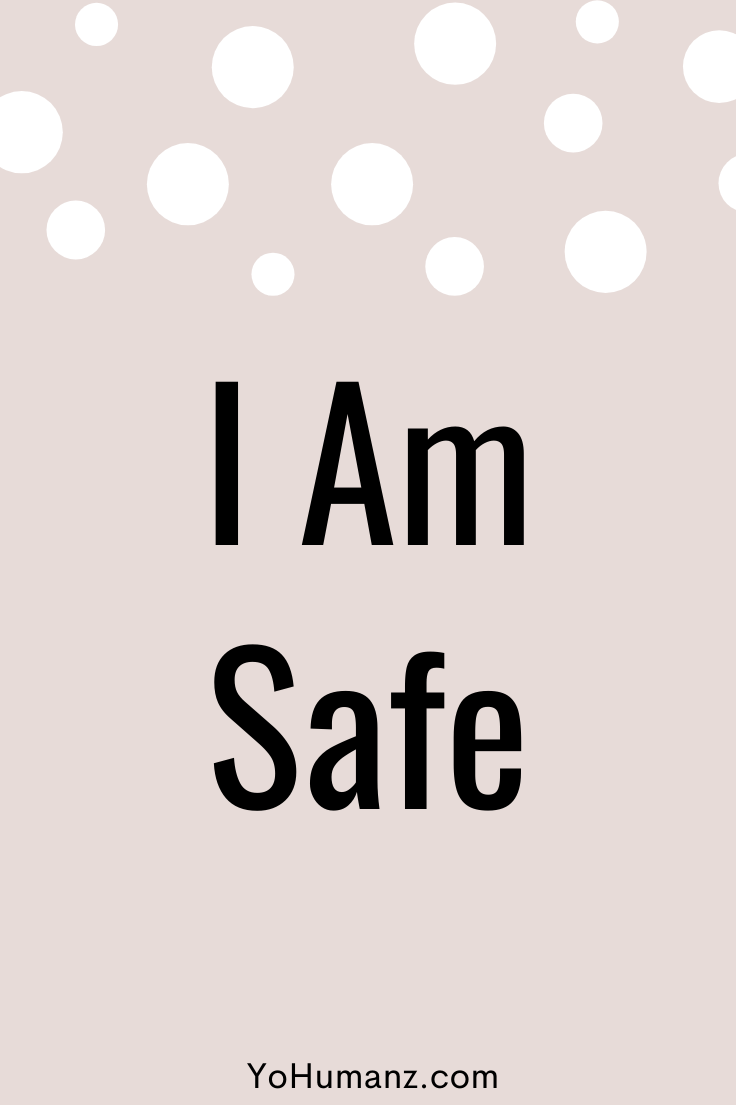 I am safe.
I am safe.
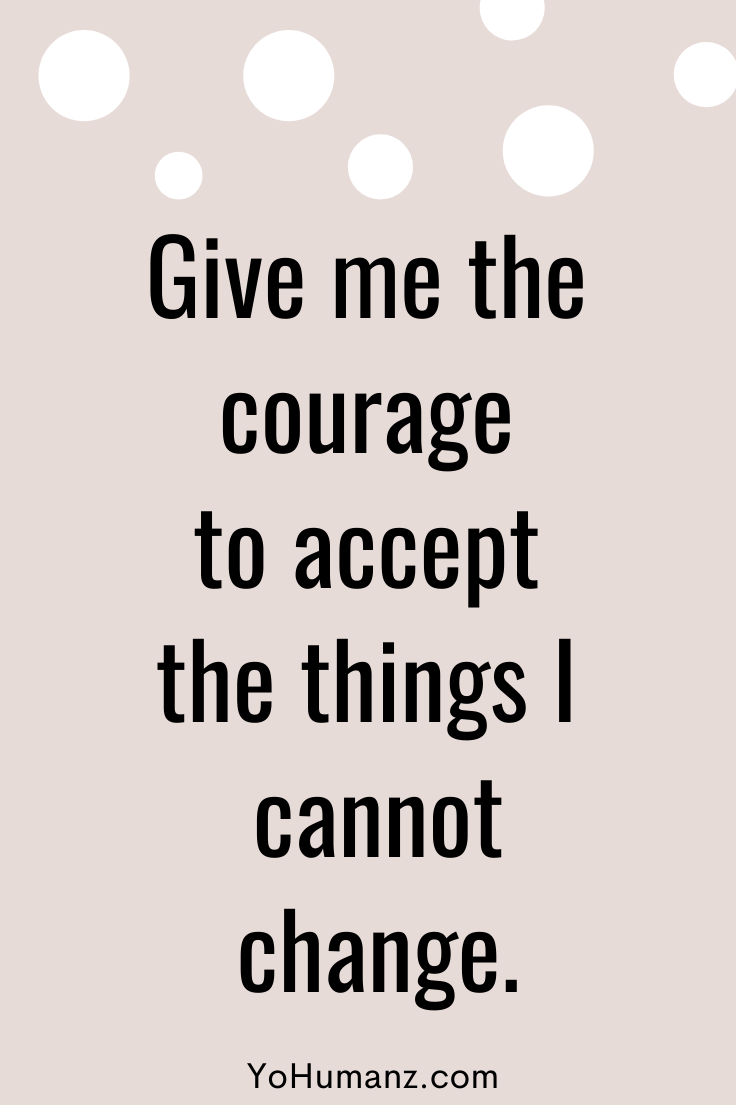 Give me the courage to accept the things I cannot change.
Give me the courage to accept the things I cannot change.
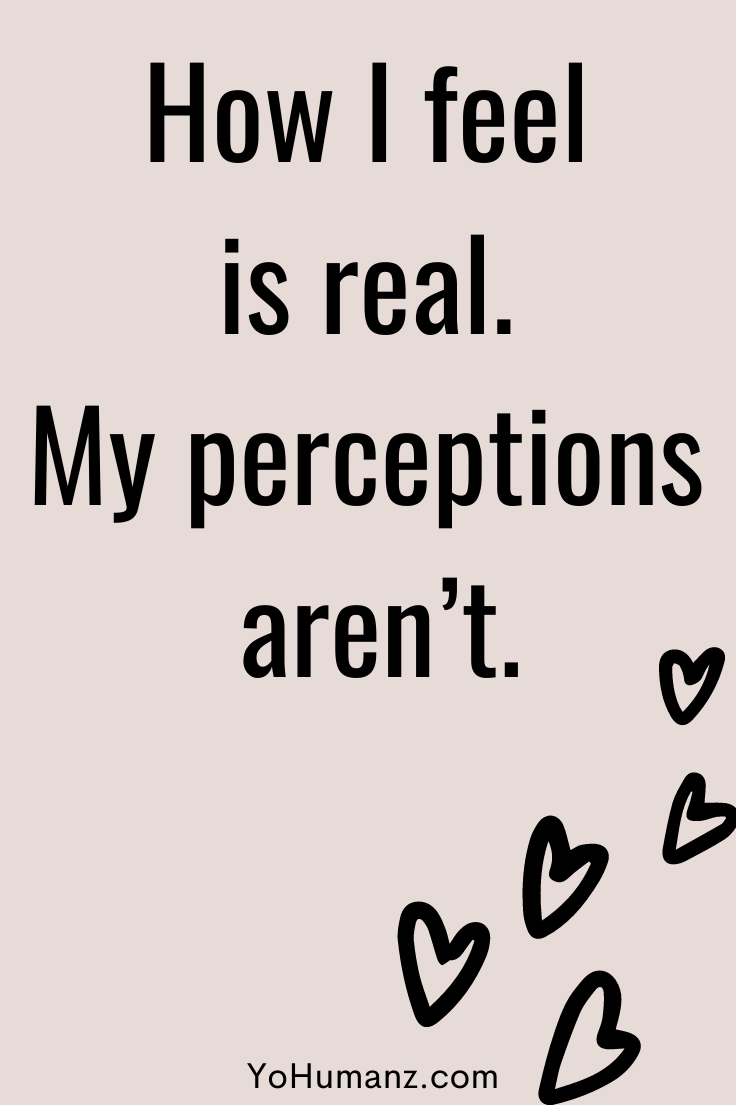 How I feel is real. My perceptions aren’t.
How I feel is real. My perceptions aren’t.
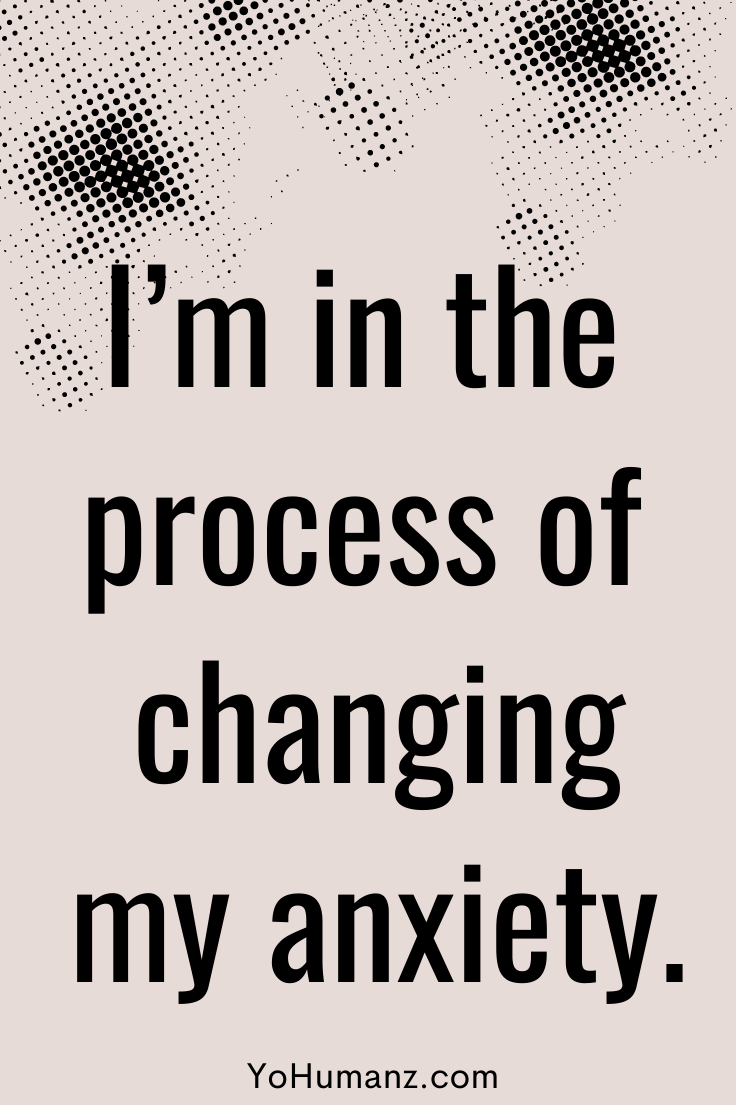 I’m in the process of changing my anxiety.
I’m in the process of changing my anxiety.
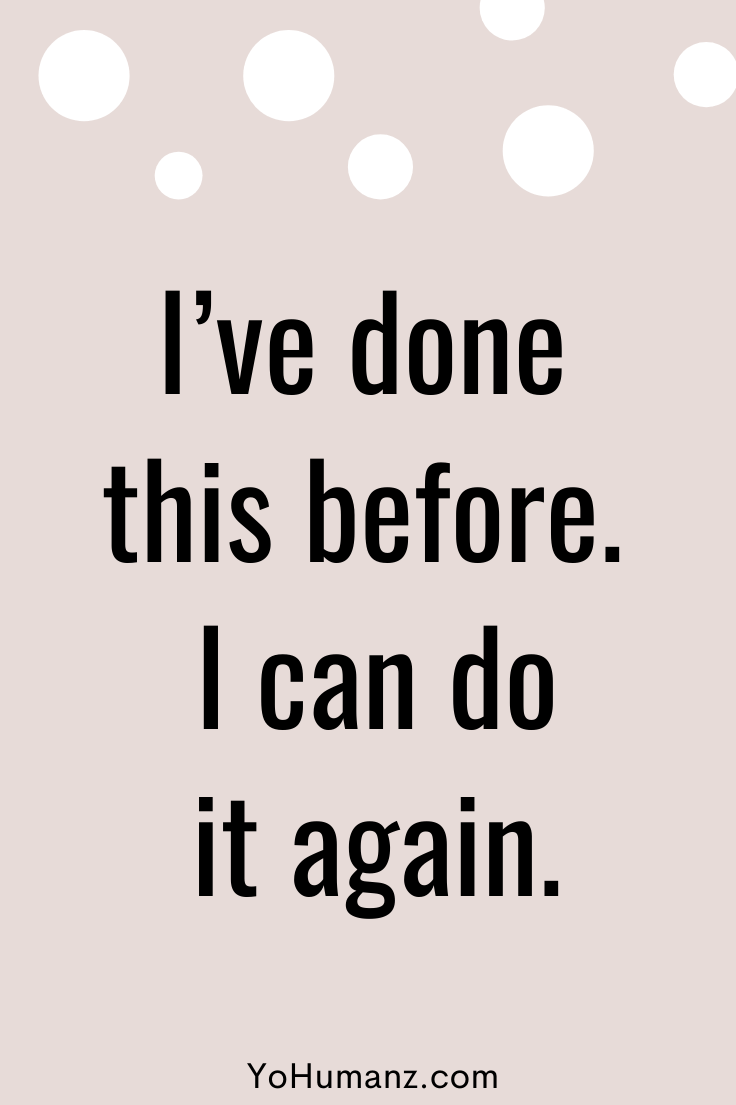 I’ve done this before. I can do it again.
I’ve done this before. I can do it again.
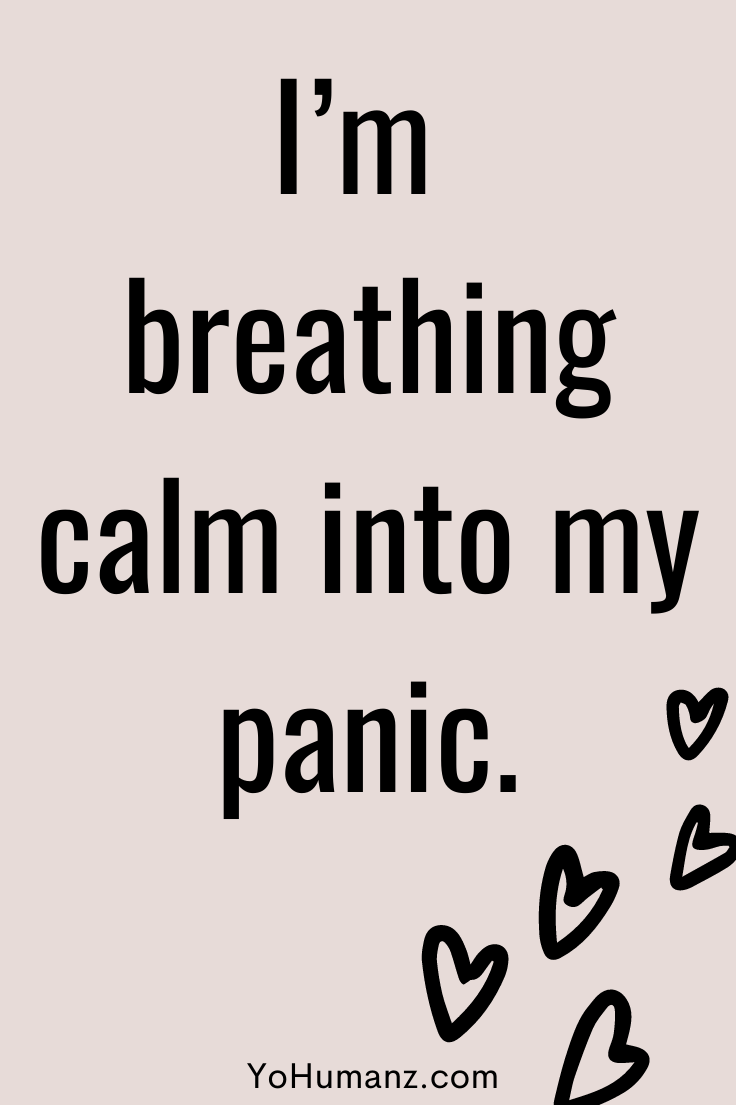 I’m breathing calm into my panic.
I’m breathing calm into my panic.
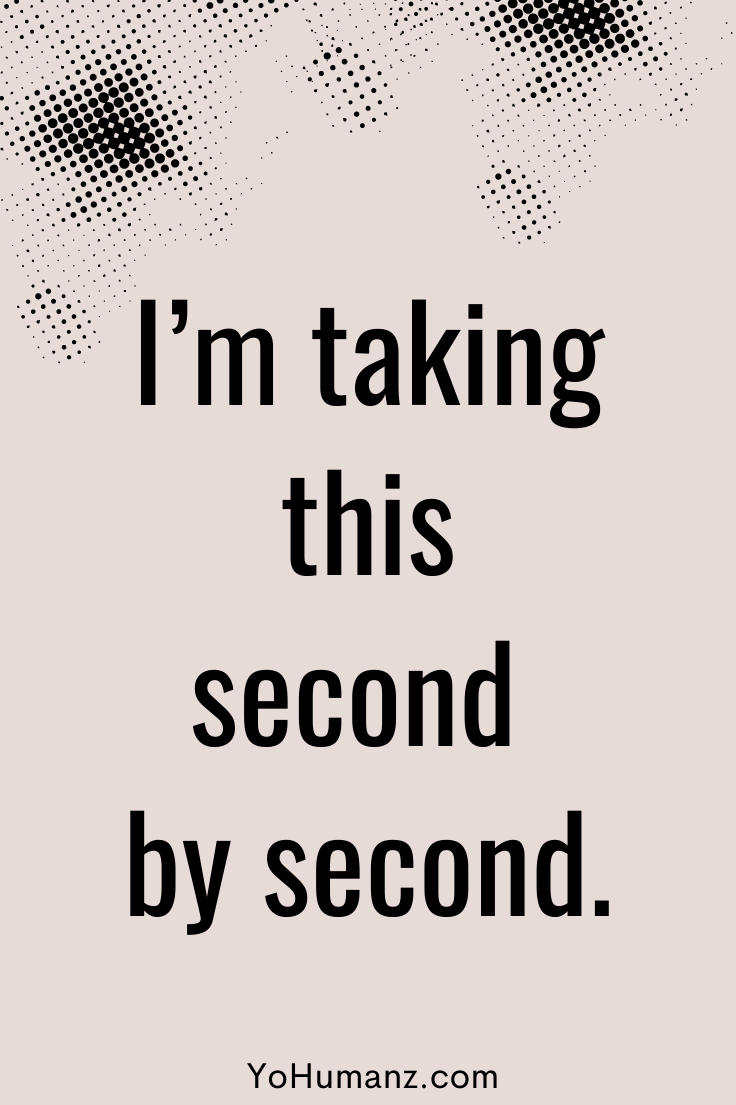 I’m taking this second by second.
I’m taking this second by second.
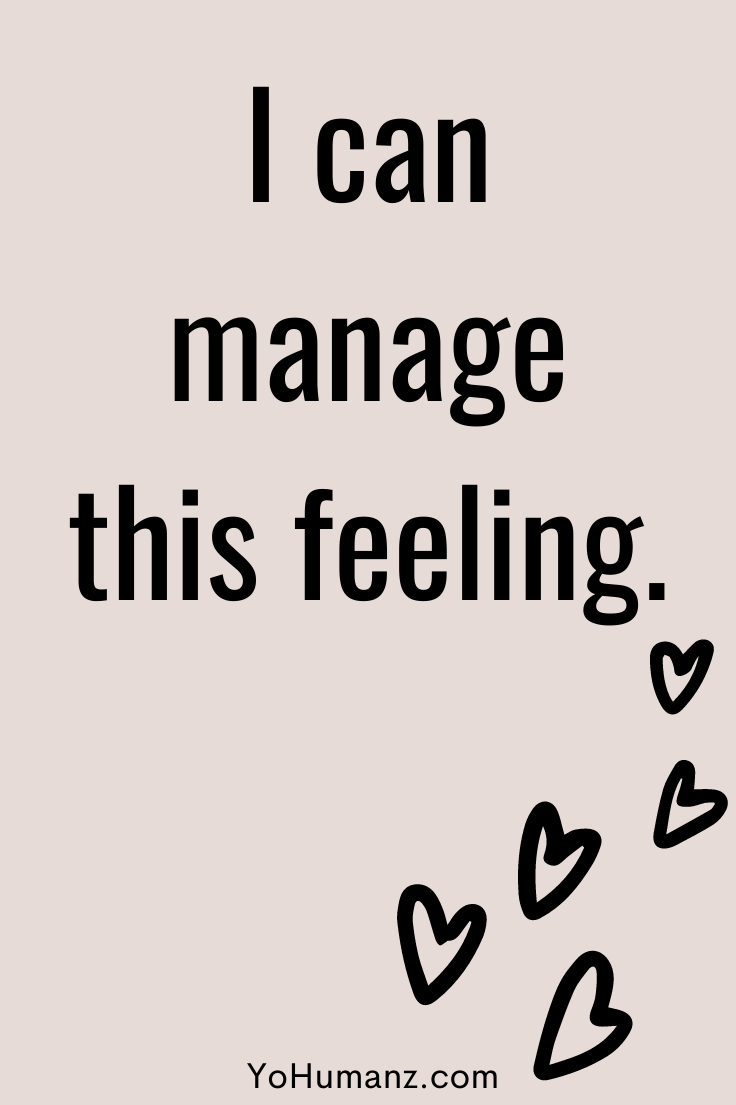 I can manage this feeling.
I can manage this feeling.
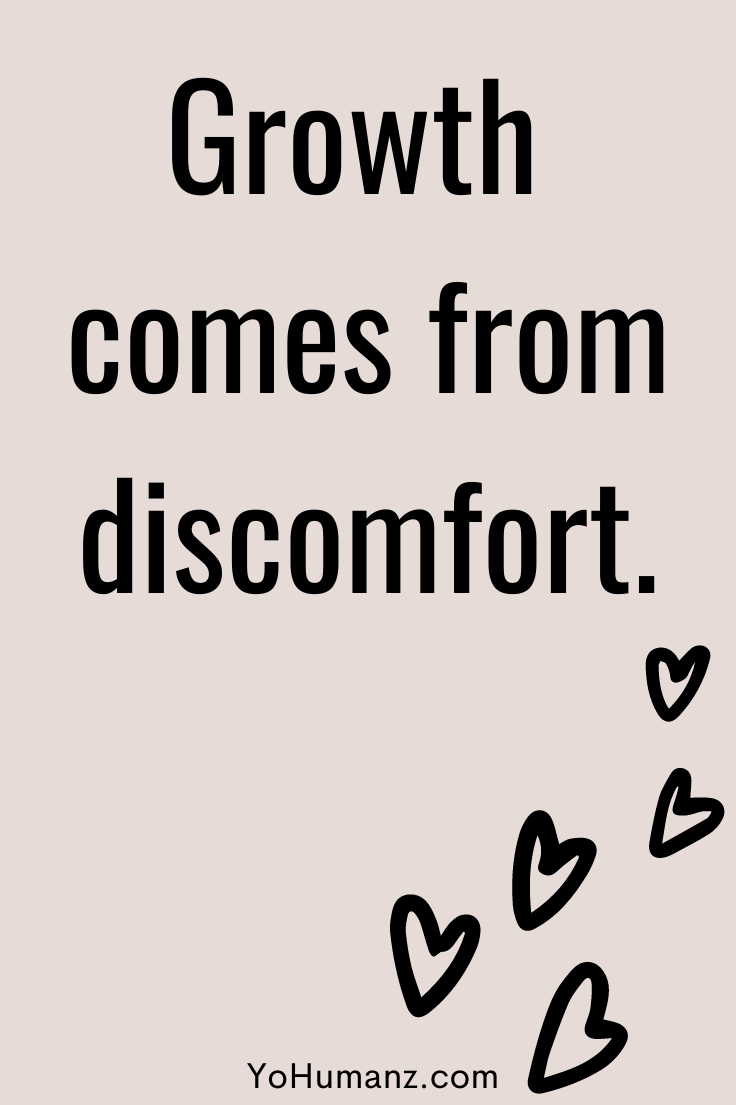 Growth comes from discomfort.
Growth comes from discomfort.
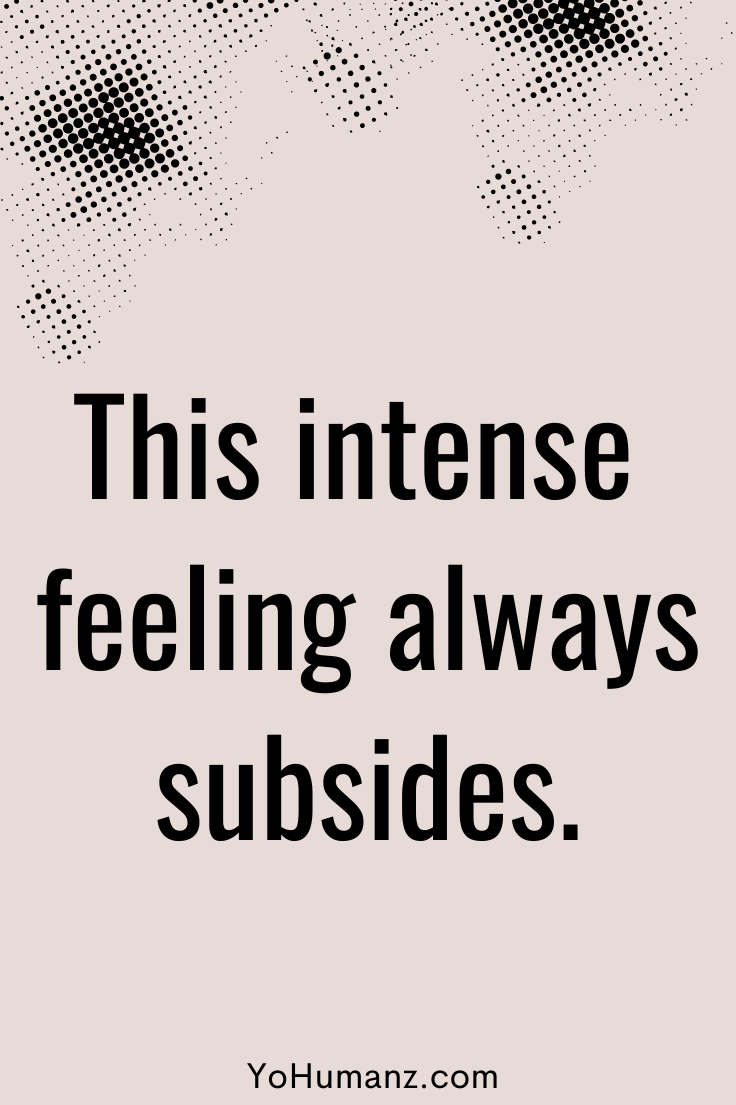 This intense feeling always subsides.
This intense feeling always subsides.
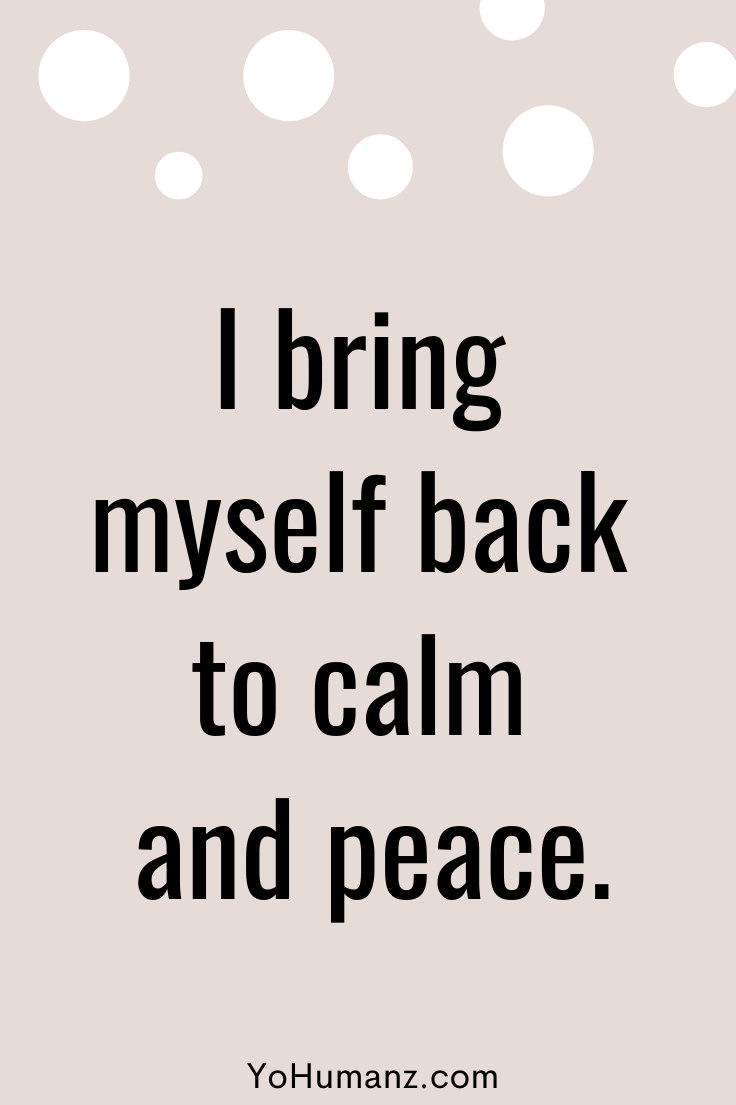 I bring myself back to calm and peace.
I bring myself back to calm and peace.
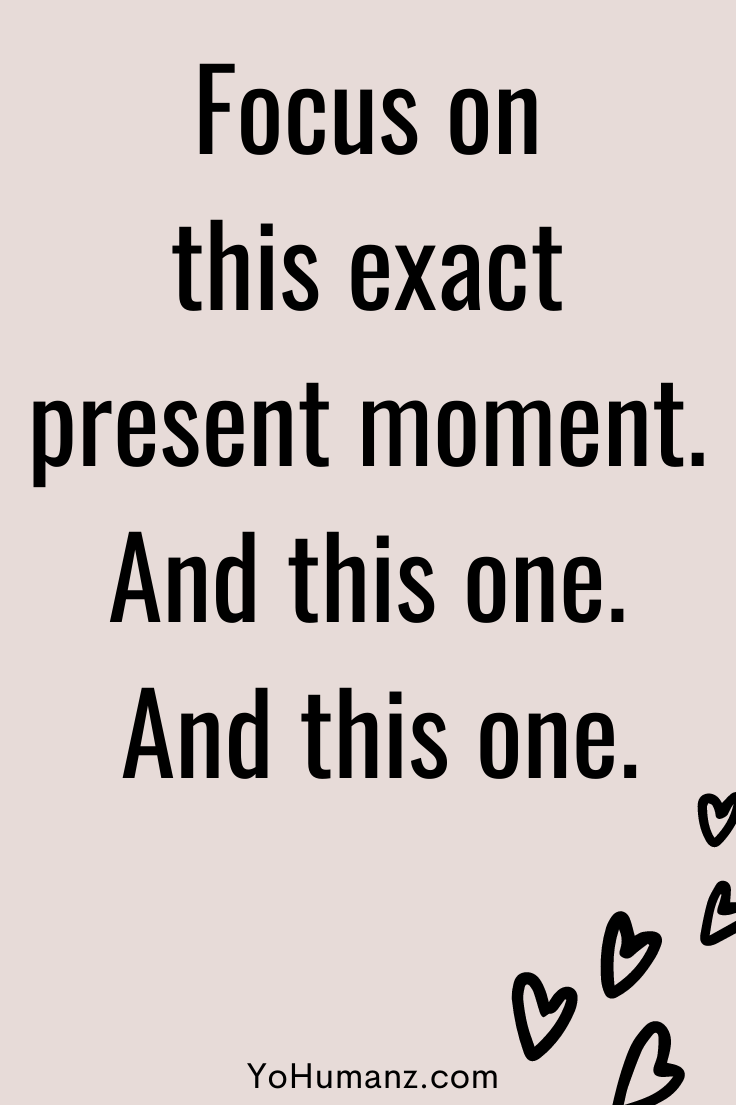 Focus on this exact present moment. And this one. And this one.
Focus on this exact present moment. And this one. And this one.
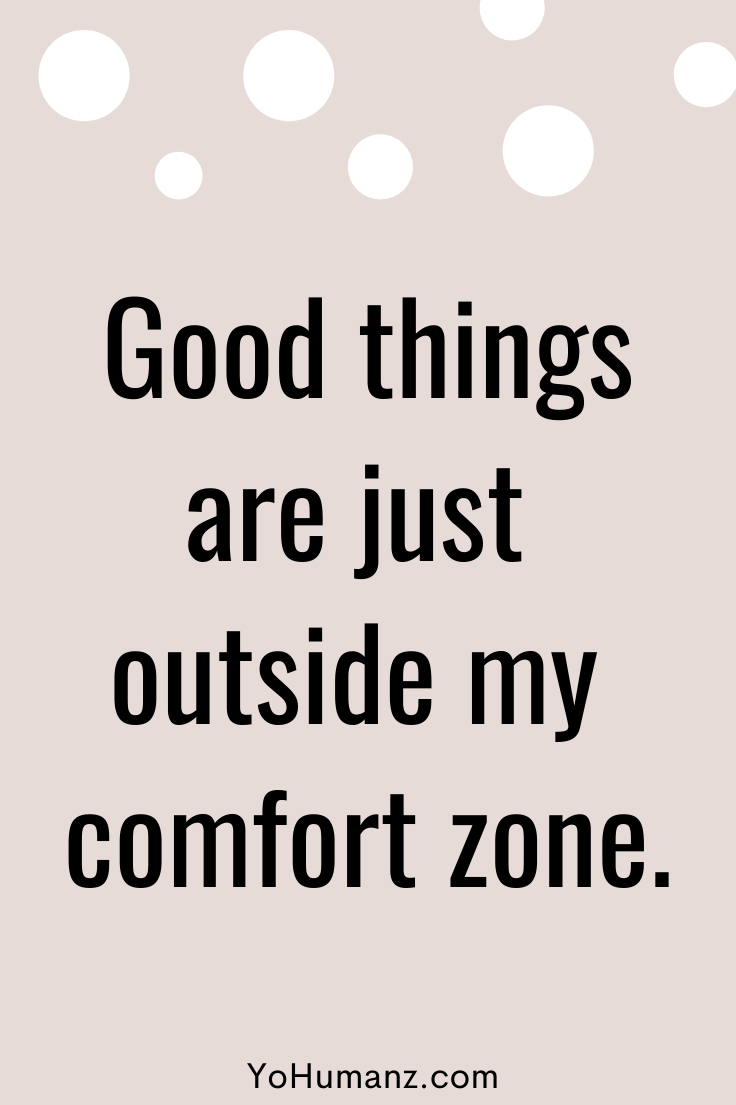 Good things are just outside my comfort zone.
Good things are just outside my comfort zone.
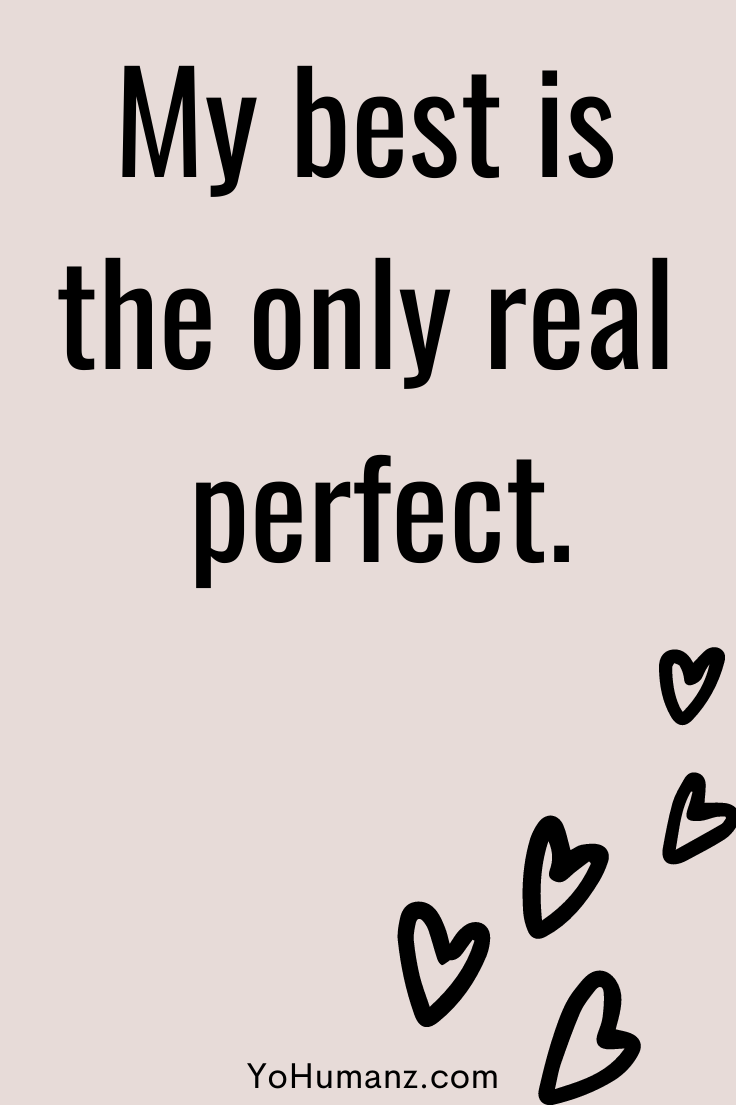 My best is the only real perfect.
My best is the only real perfect.
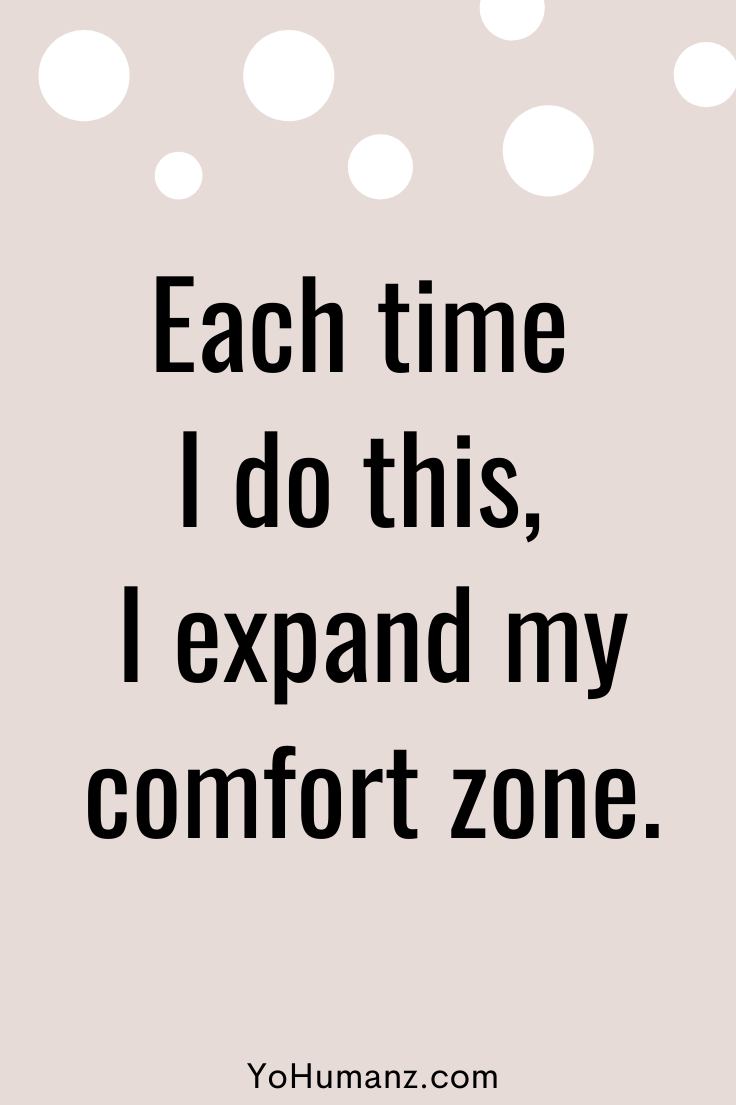 Each time I do this, I expand my comfort zone.
Each time I do this, I expand my comfort zone.
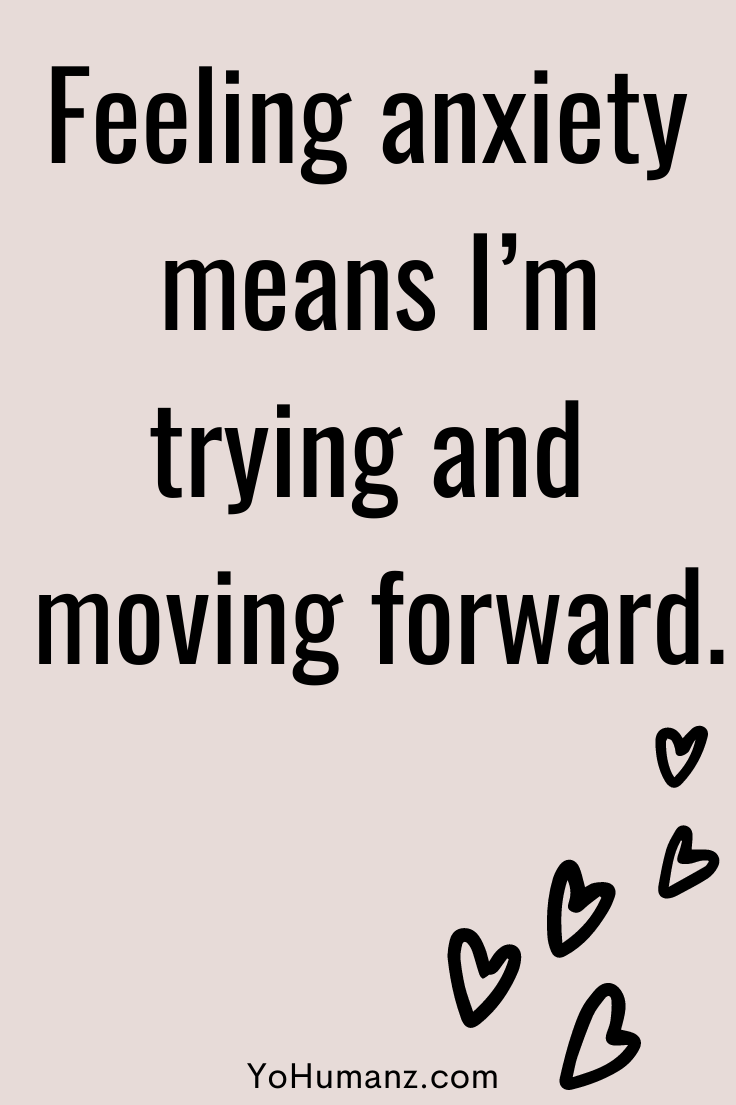 Feeling anxiety means I’m trying and moving forward.
Feeling anxiety means I’m trying and moving forward.
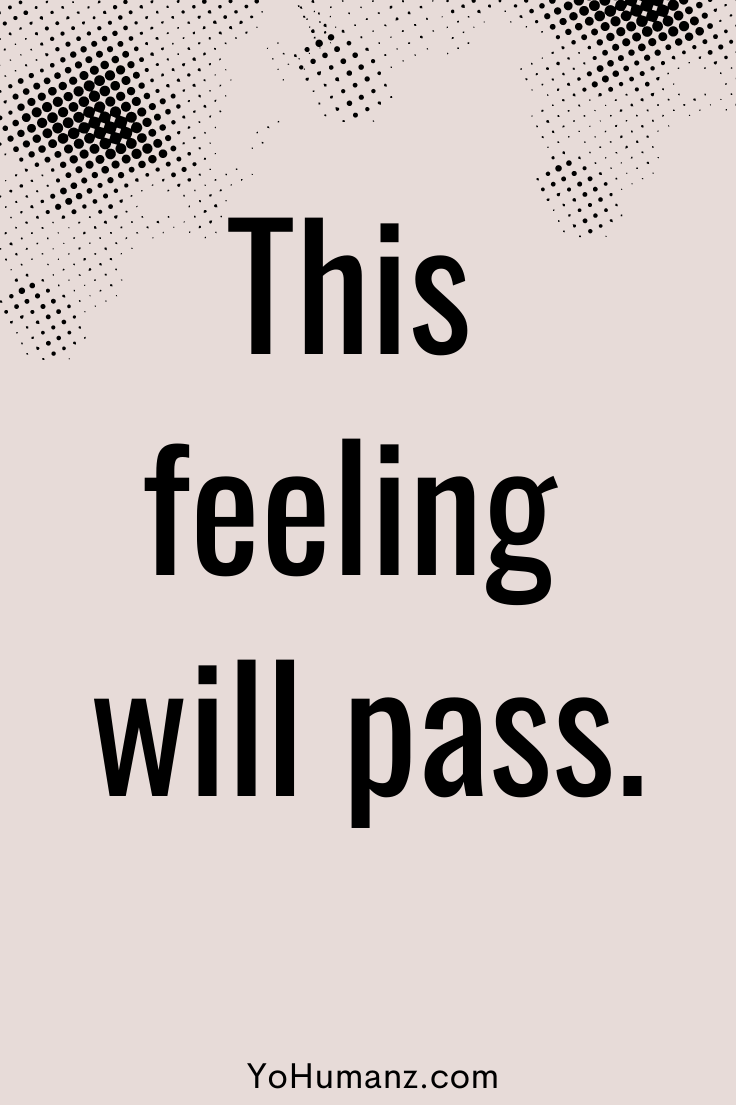 This feeling will pass.
This feeling will pass.
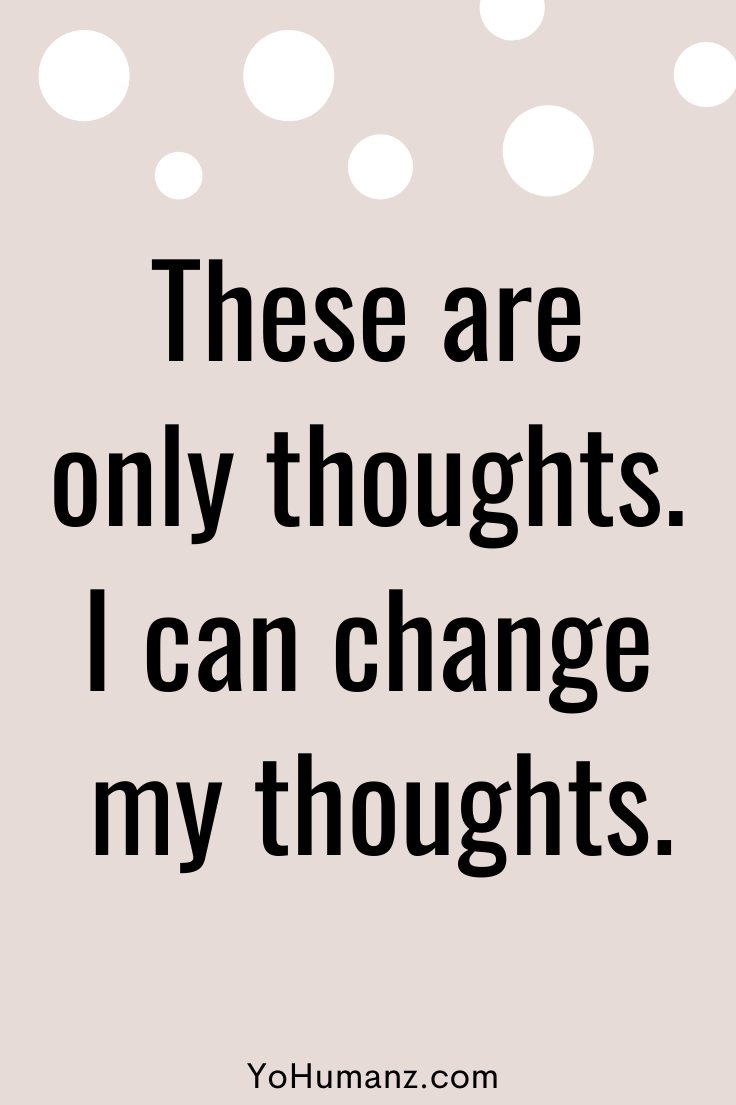 These are only thoughts. I can change my thoughts.
These are only thoughts. I can change my thoughts.
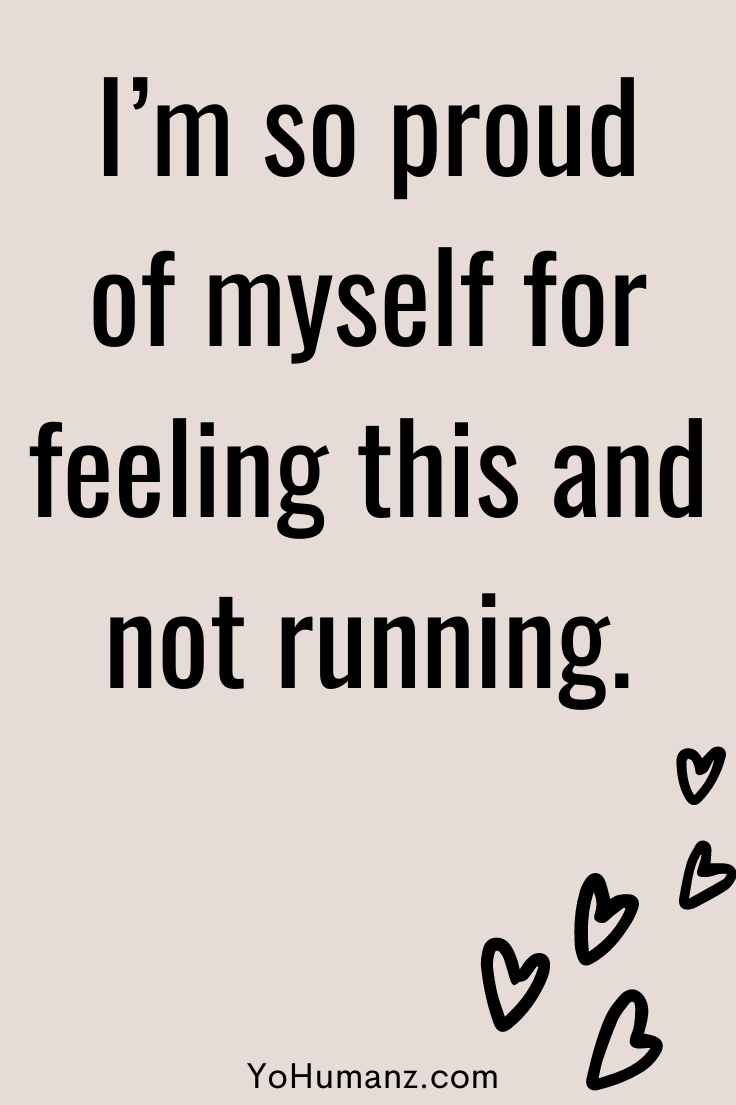 I’m so proud of myself for feeling this and not running.
I’m so proud of myself for feeling this and not running.
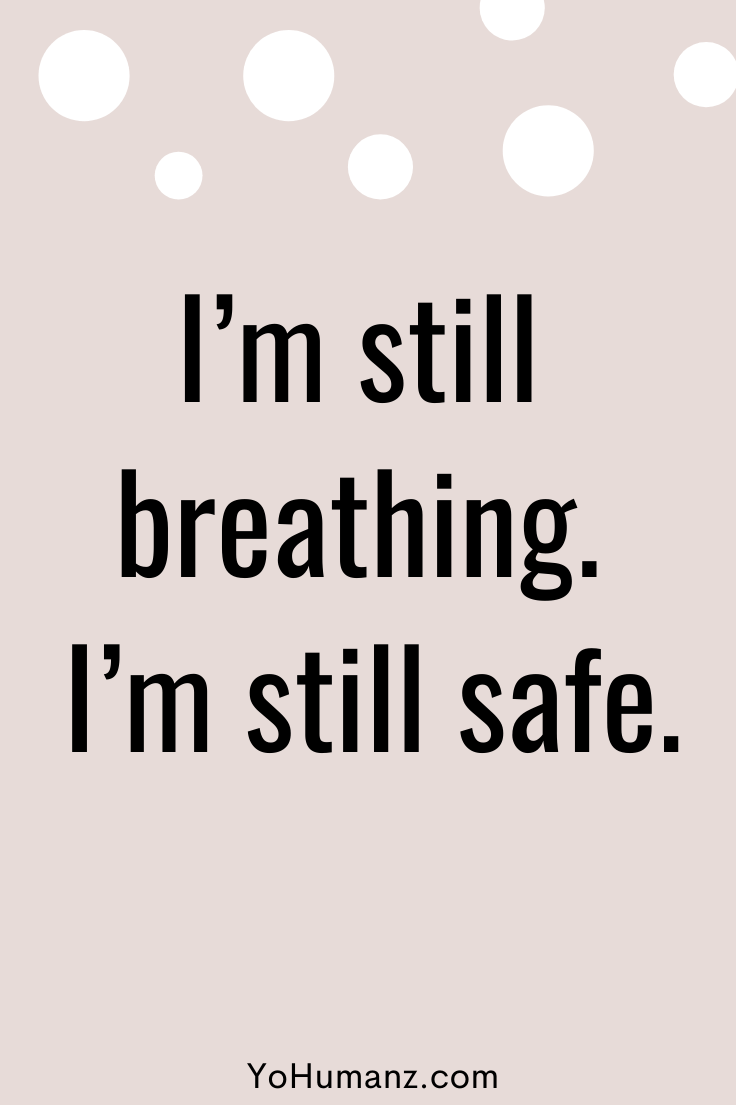 I’m still breathing. I’m still safe.
I’m still breathing. I’m still safe.
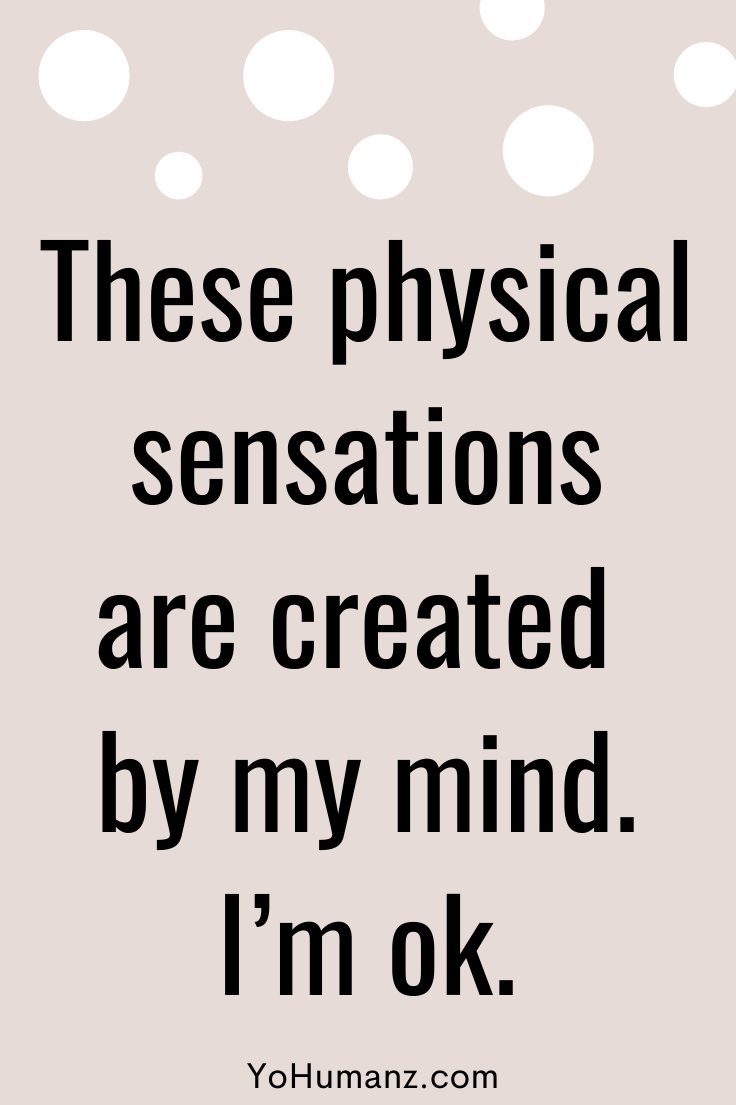 These physical sensations are created by my mind. I’m ok.
These physical sensations are created by my mind. I’m ok.
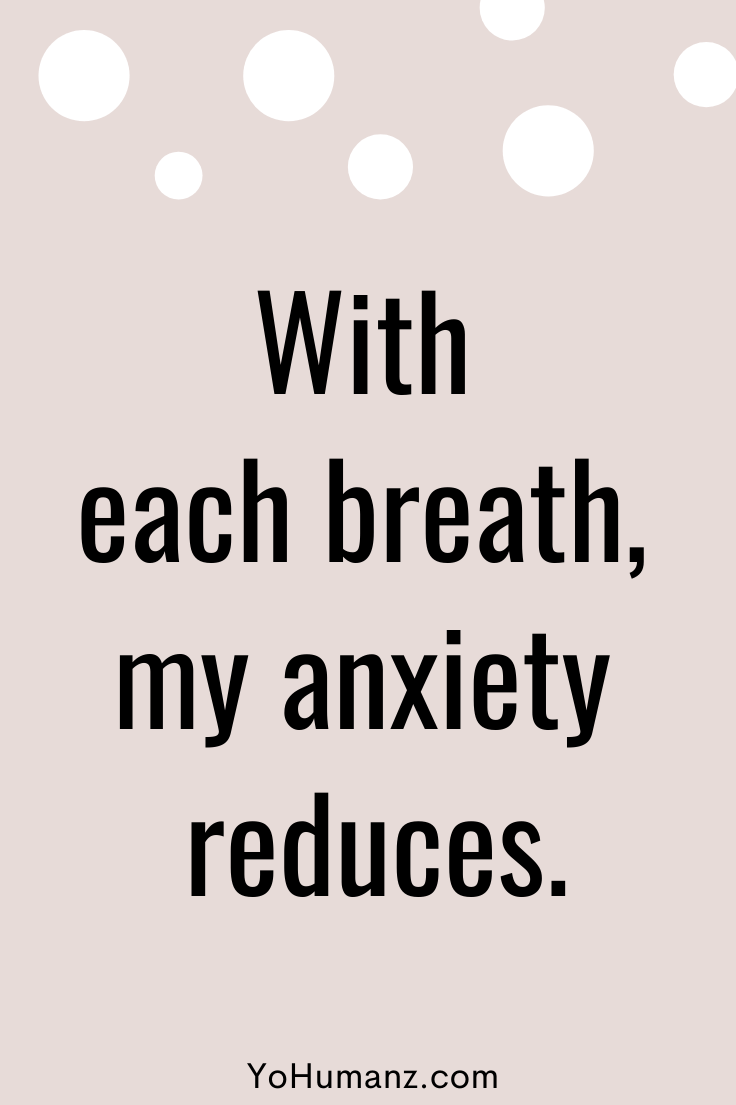 With each breath, my anxiety reduces.
With each breath, my anxiety reduces.
Summary on Positive Affirmations for Anxiety
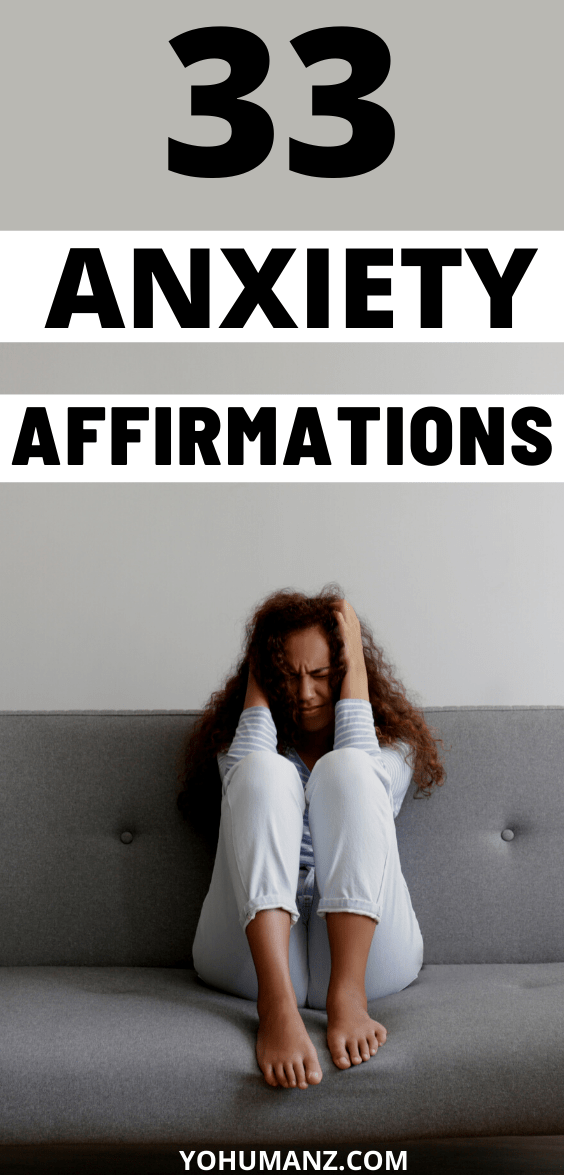
If you have anxiety or stress problems, your first line of action should be to seek evidence-based help, such as that of a doctor or therapist. Once you’ve done that, there’s typically no harm in trying out affirmations to see if they make you feel better. While they don’t work for everyone, research shows they work for some people in some situations.
We recommend scrolling through the affirmations above and picking out one or a few that feel good to you. Then, you can repeat them out loud, inside your head or write them down. Over time, you will begin to see if they’re working for you. If they aren’t, you may adjust the affirmation so that it suits your situation. Or you can try another stress reduction technique will work better. Different things work for different people, so don’t feel ashamed or feel like you failed if affirmations aren’t your thing 🙂







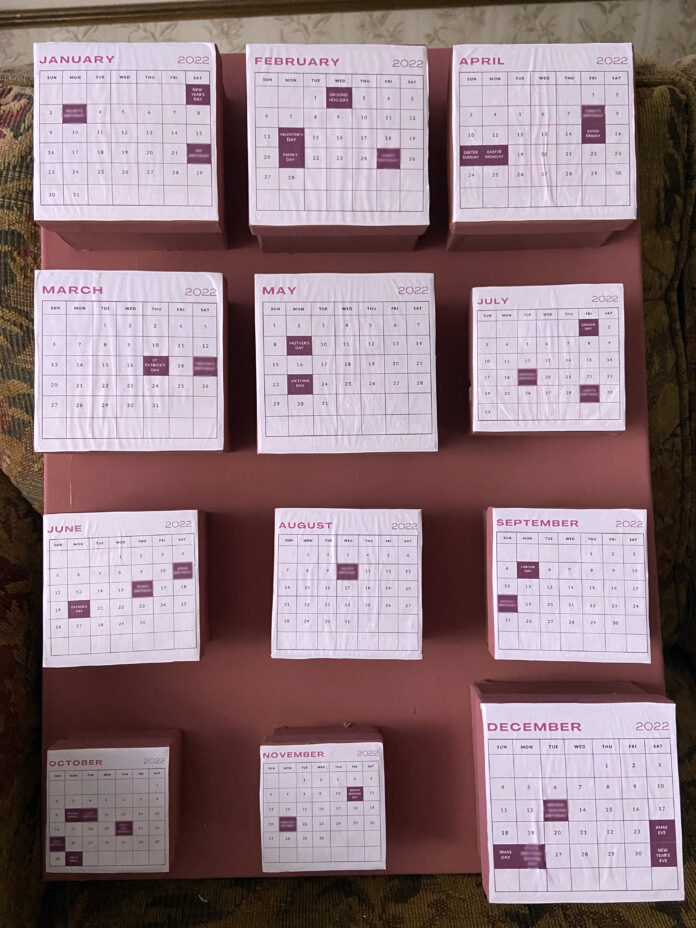
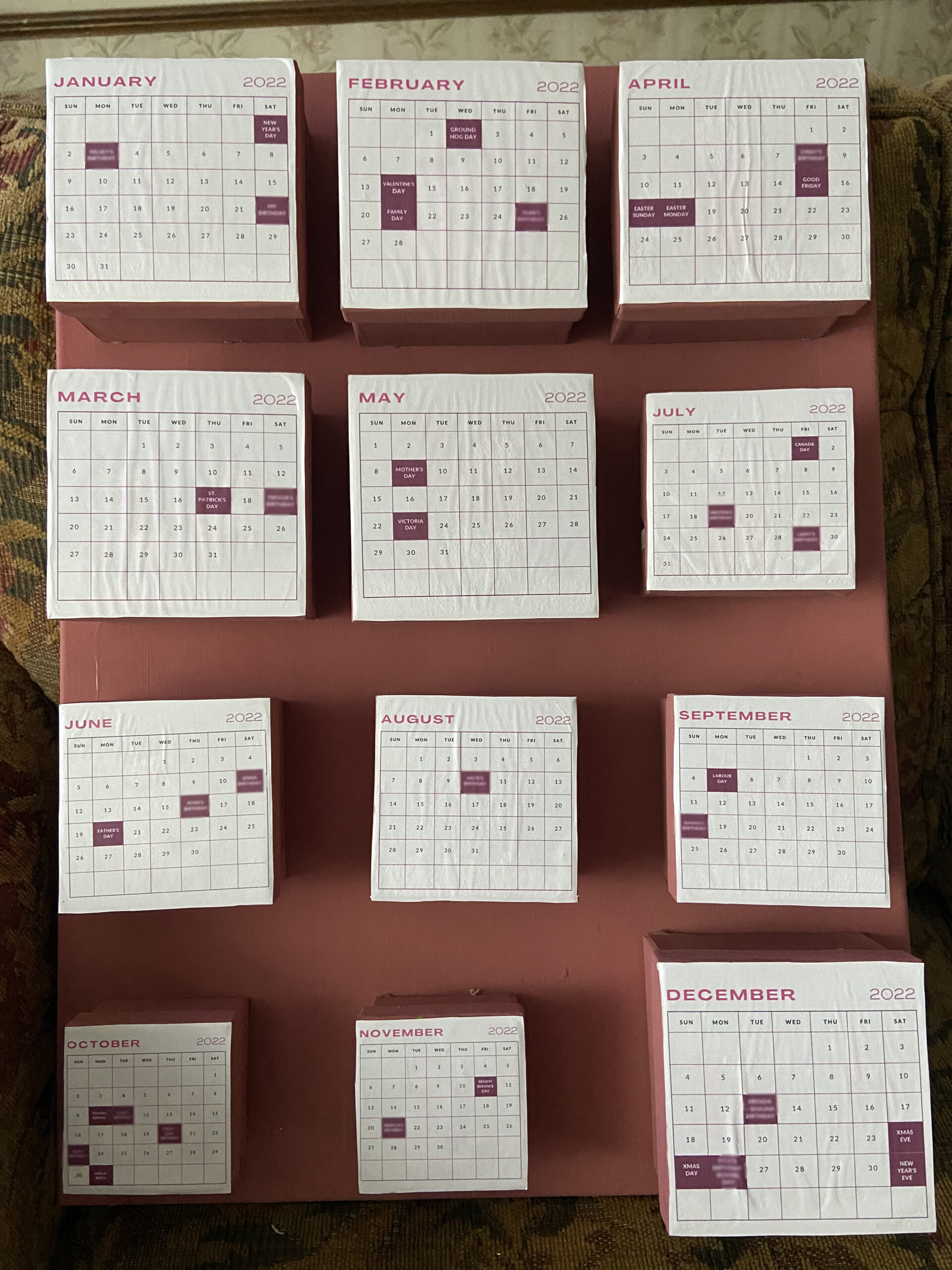
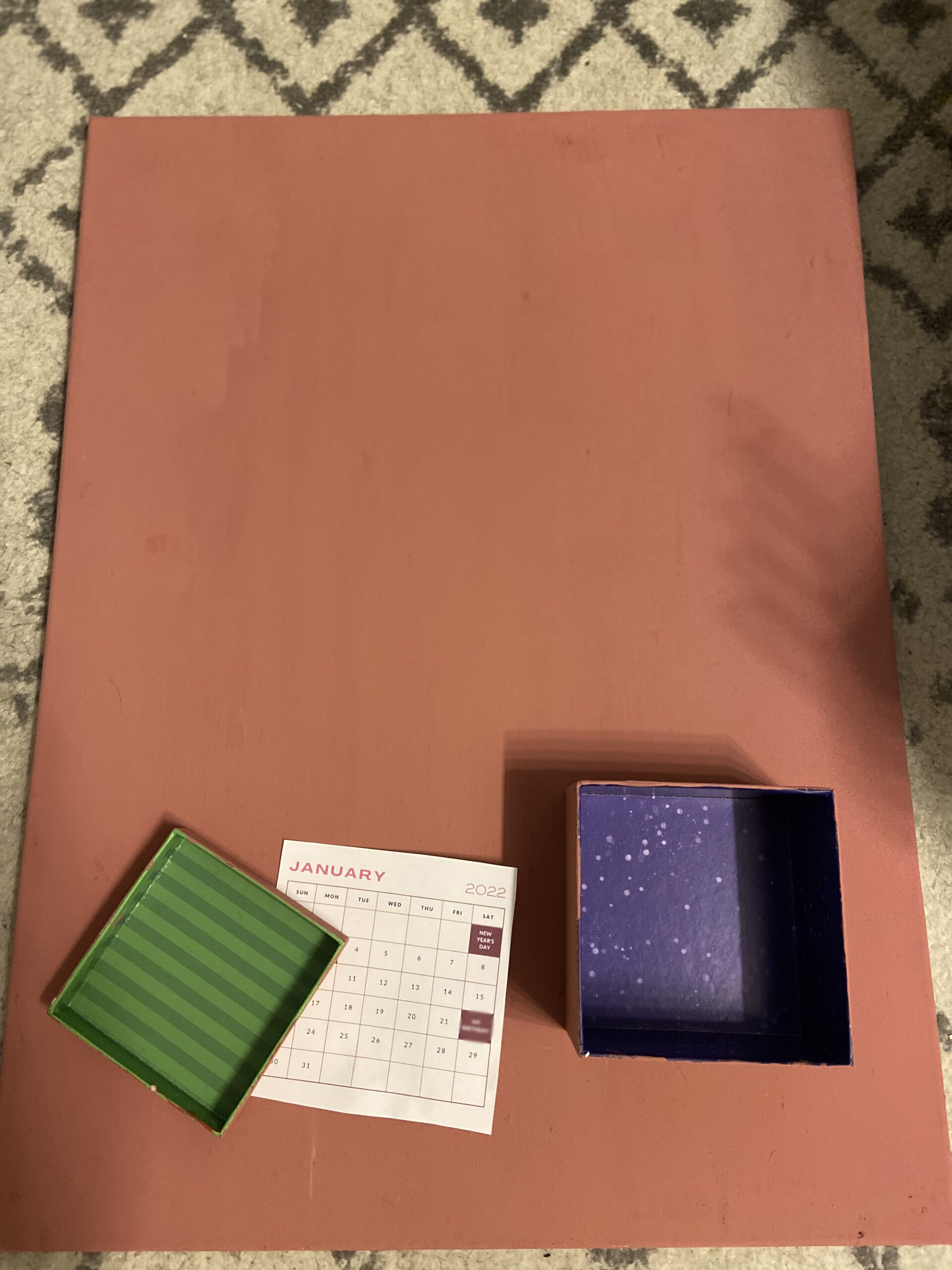
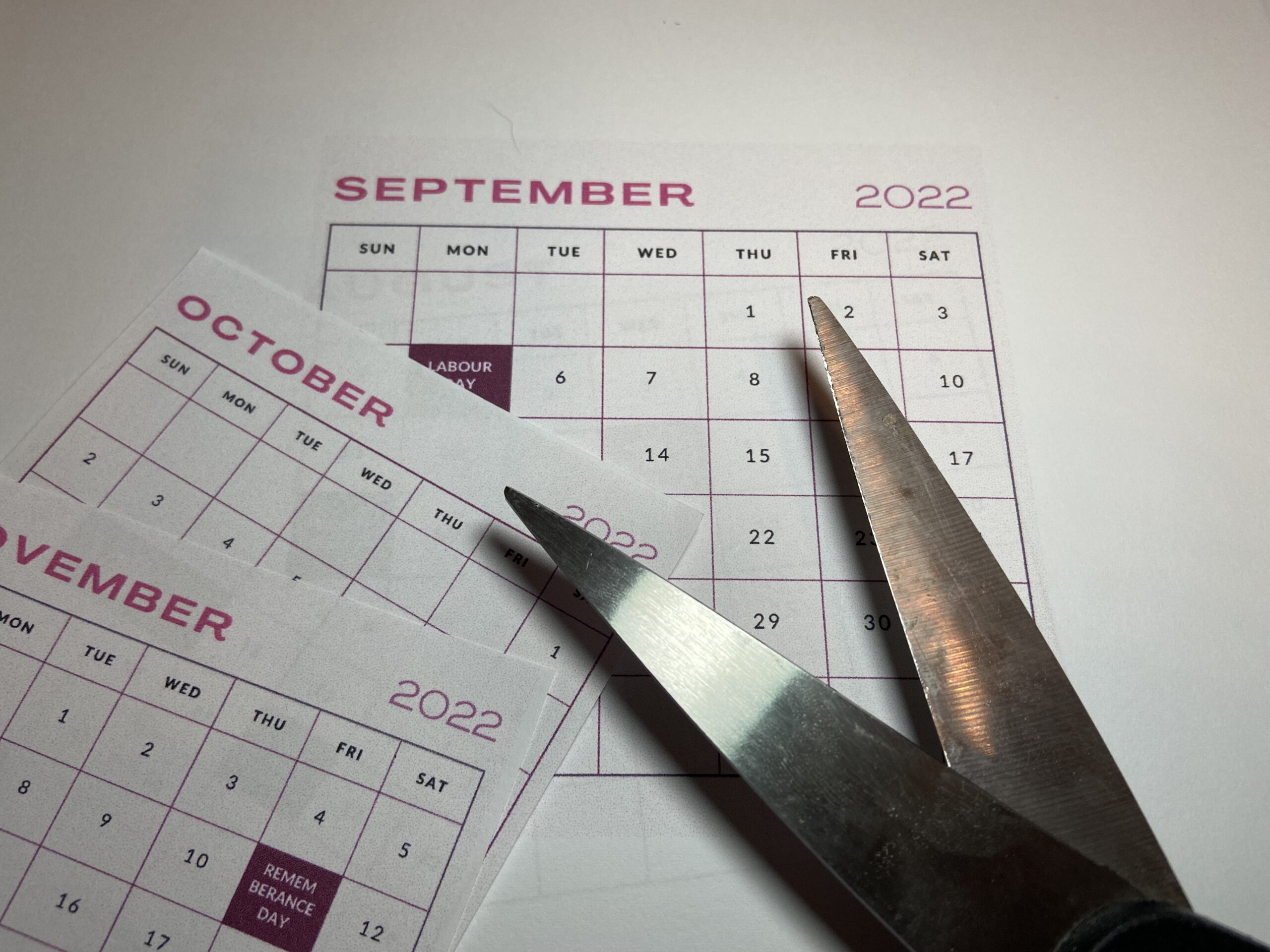






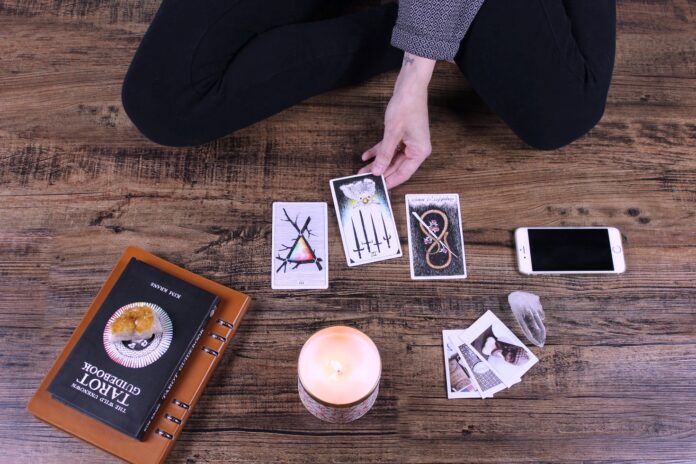


 This 3 card tarot spread is ideal if you’re looking for practical advice on what you can do. Like a ladder, it’s designed to bring you closer to the best outcome. Use this layout to inquire about a specific situation, question or area of life. Start off by assessing the general energy of the situation or question. The second card in this 3 card tarot spread gives you a specific action to put you on the right path. And to close out, the third card lets you know the most likely outcome of the recommended action.
This 3 card tarot spread is ideal if you’re looking for practical advice on what you can do. Like a ladder, it’s designed to bring you closer to the best outcome. Use this layout to inquire about a specific situation, question or area of life. Start off by assessing the general energy of the situation or question. The second card in this 3 card tarot spread gives you a specific action to put you on the right path. And to close out, the third card lets you know the most likely outcome of the recommended action.